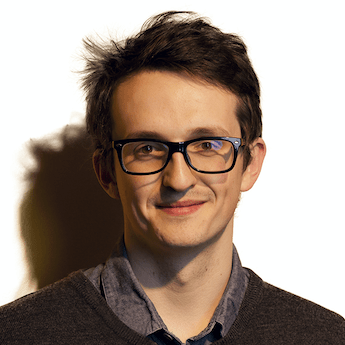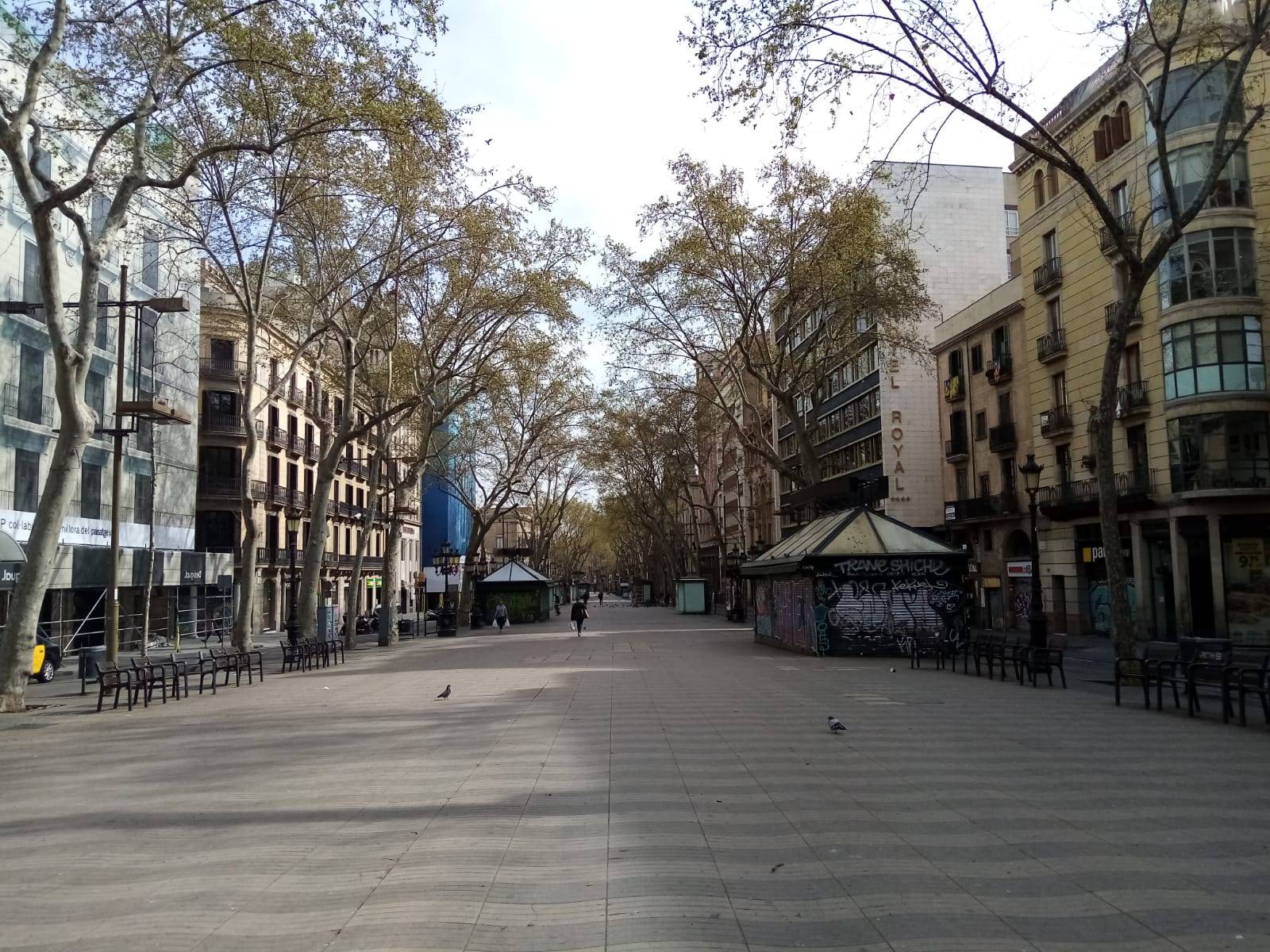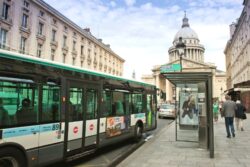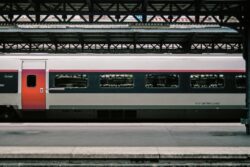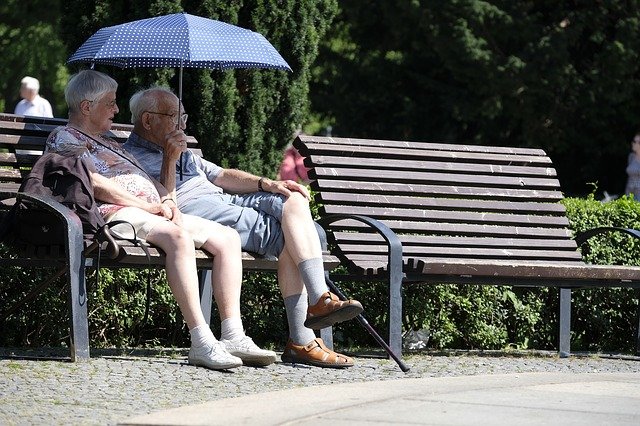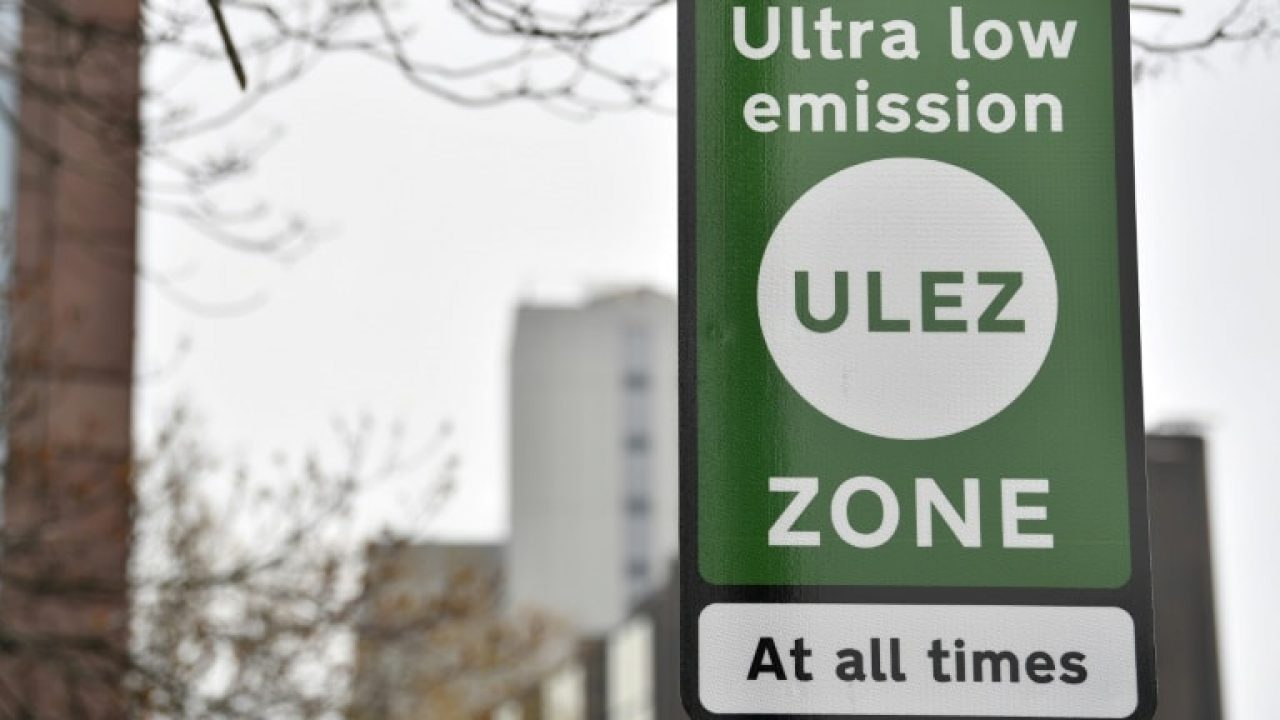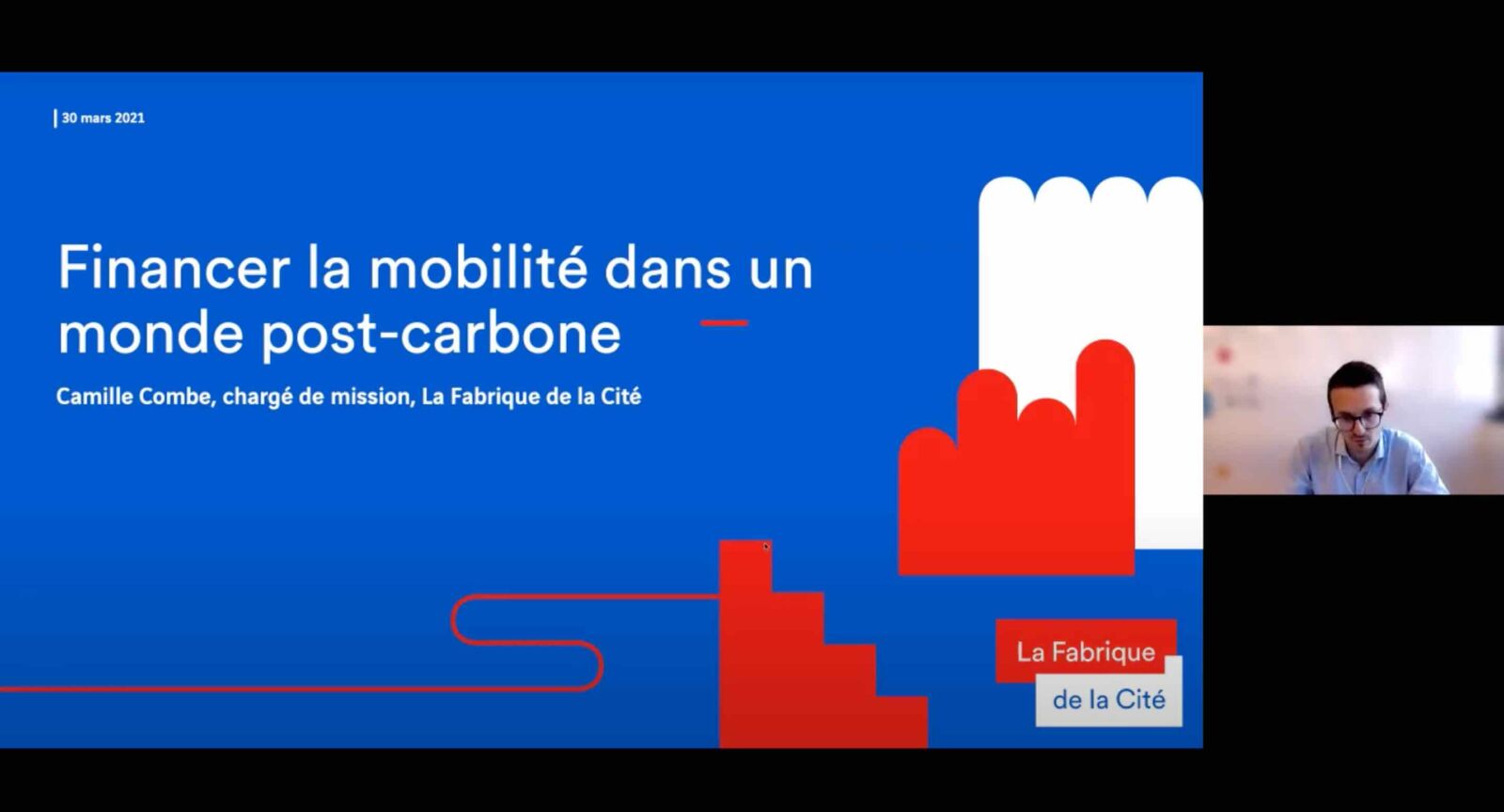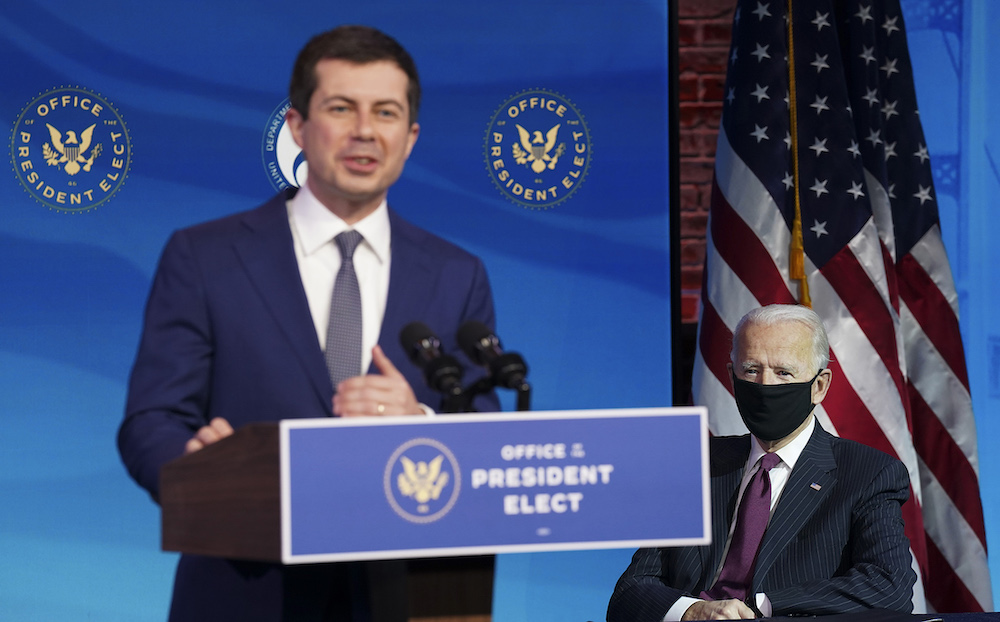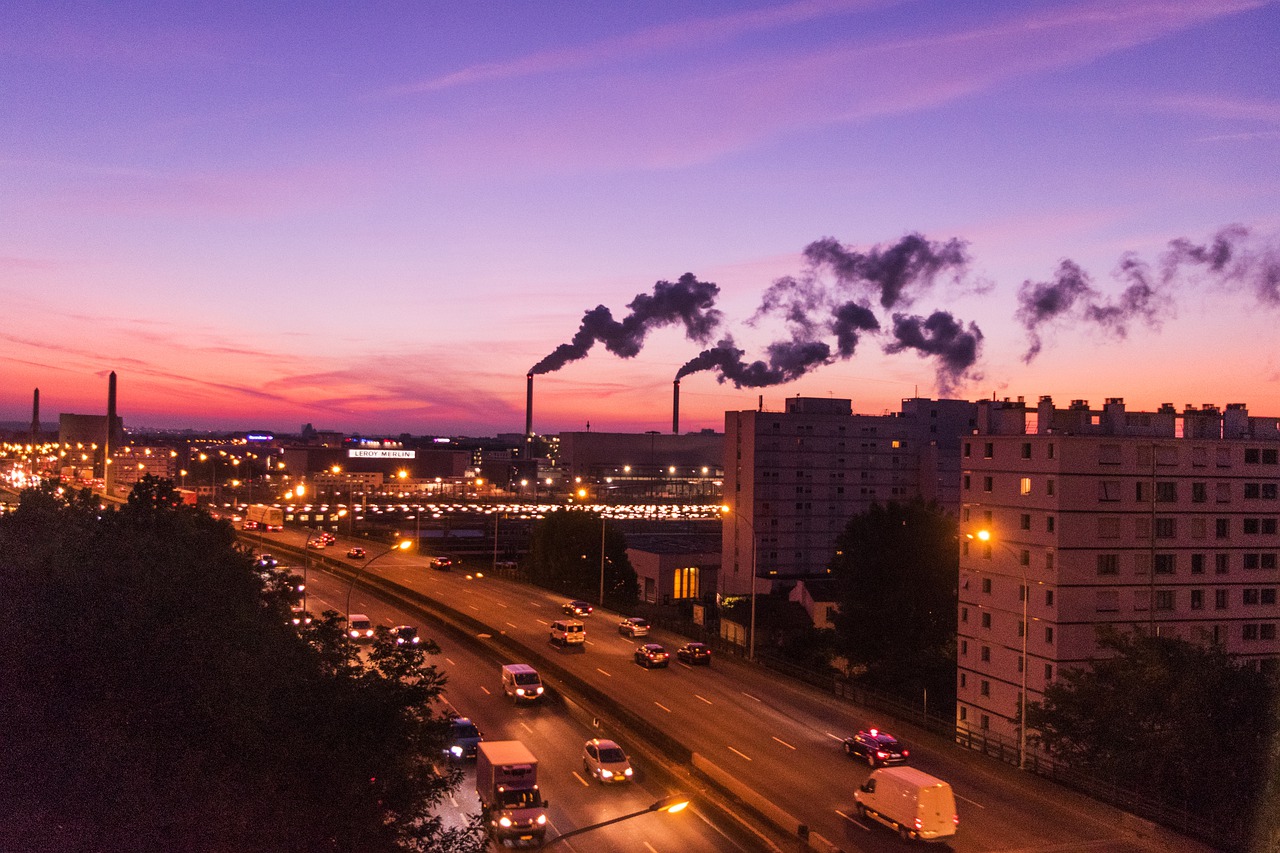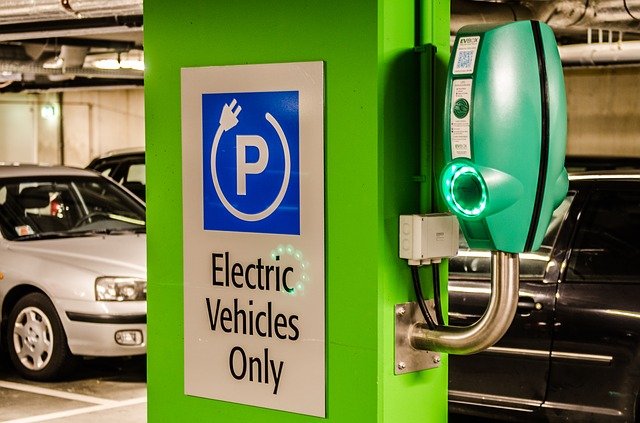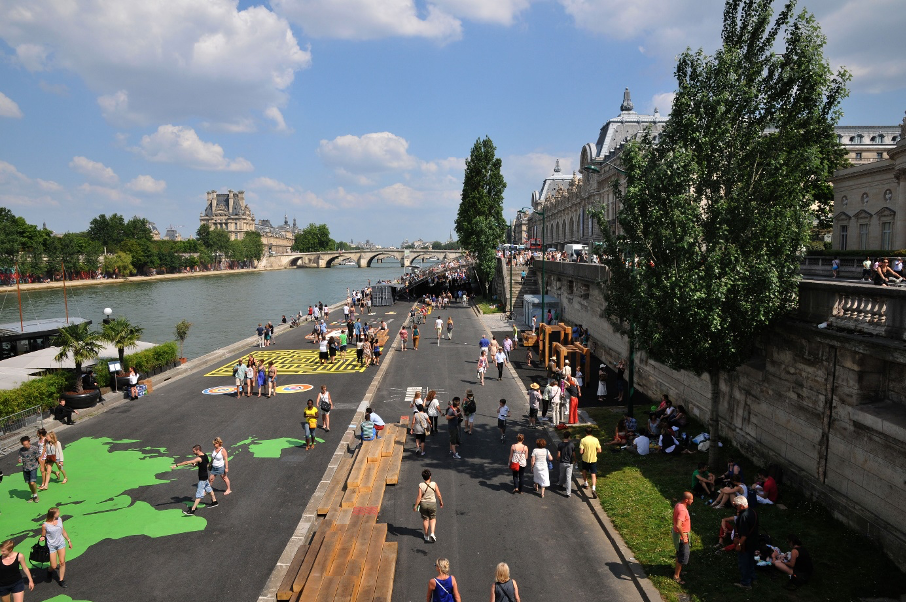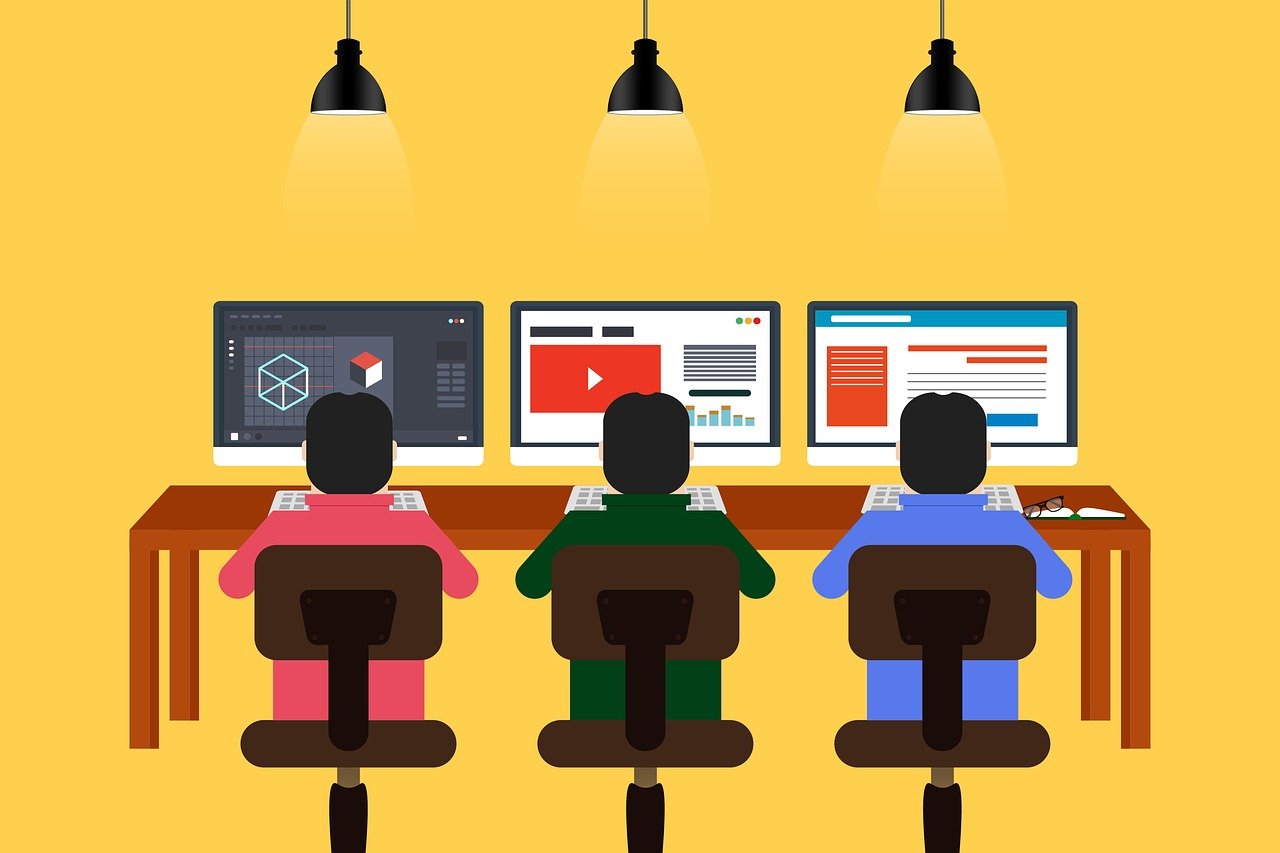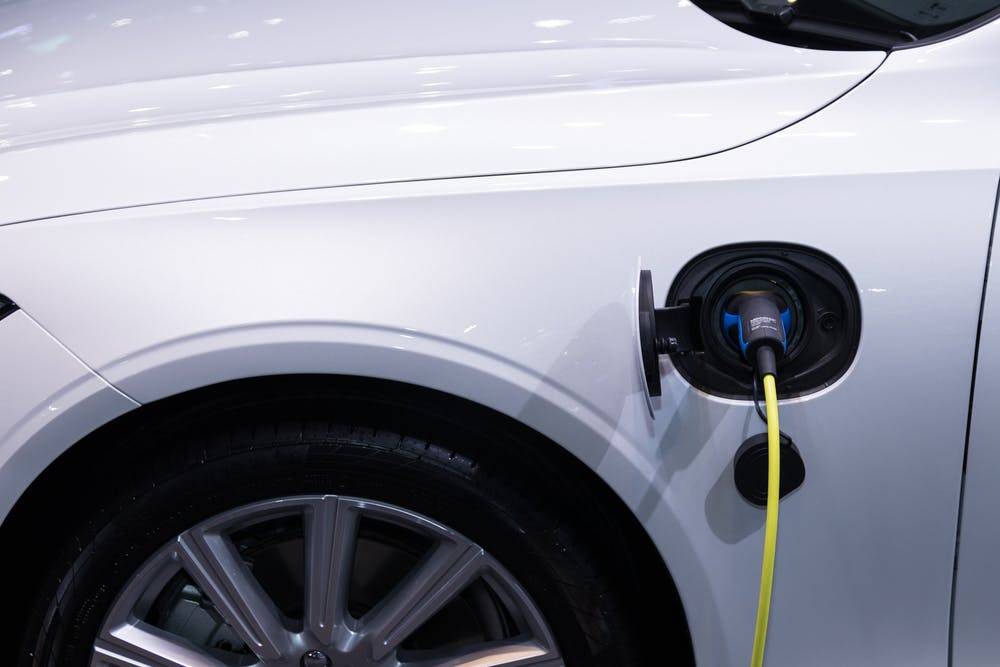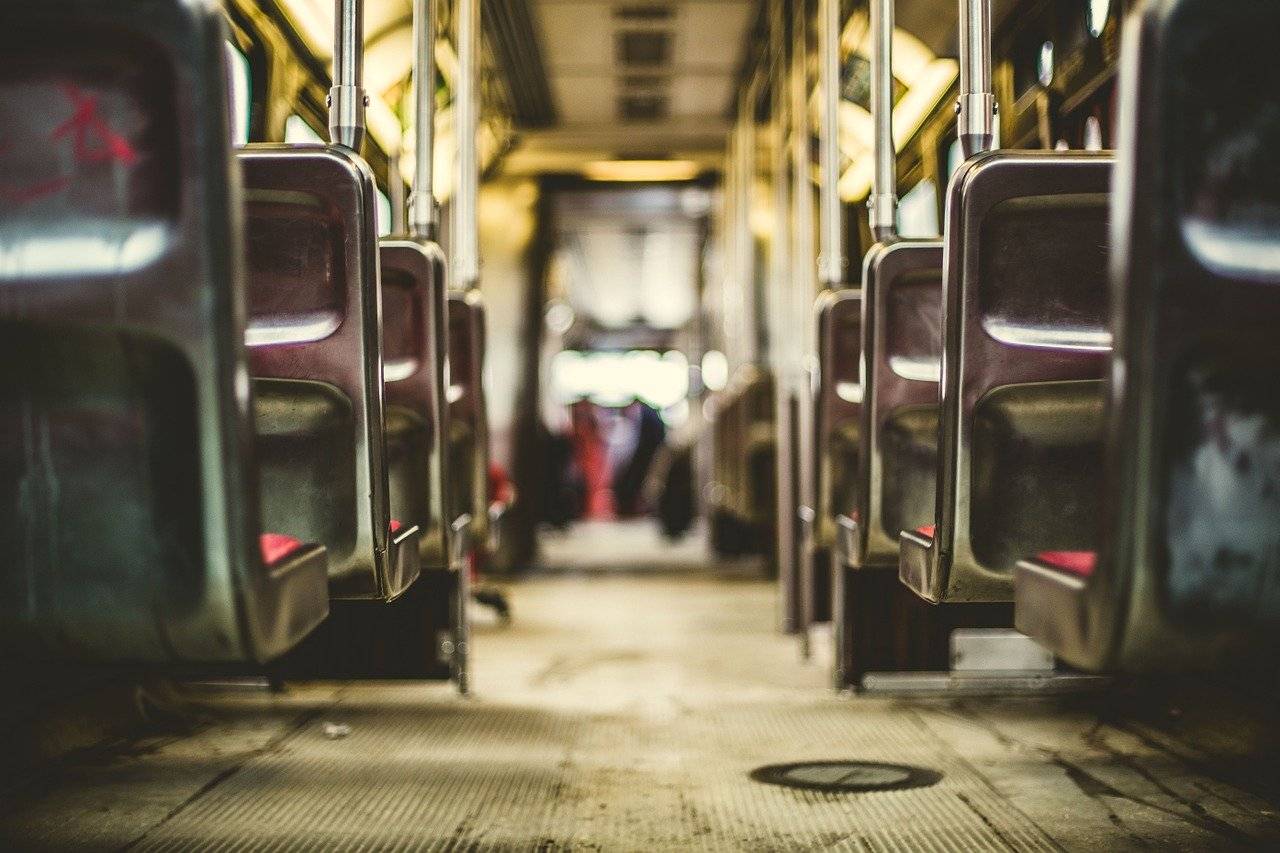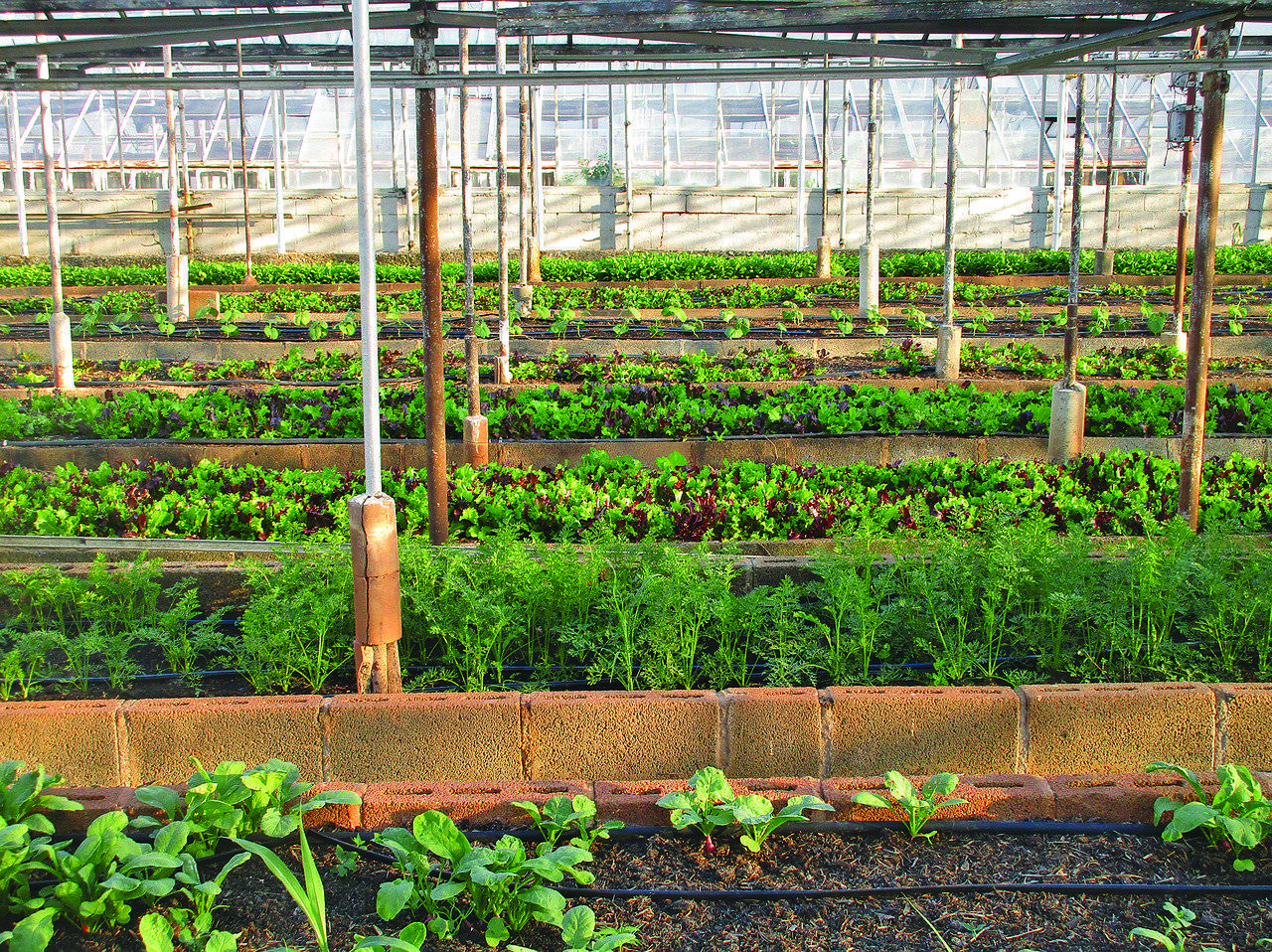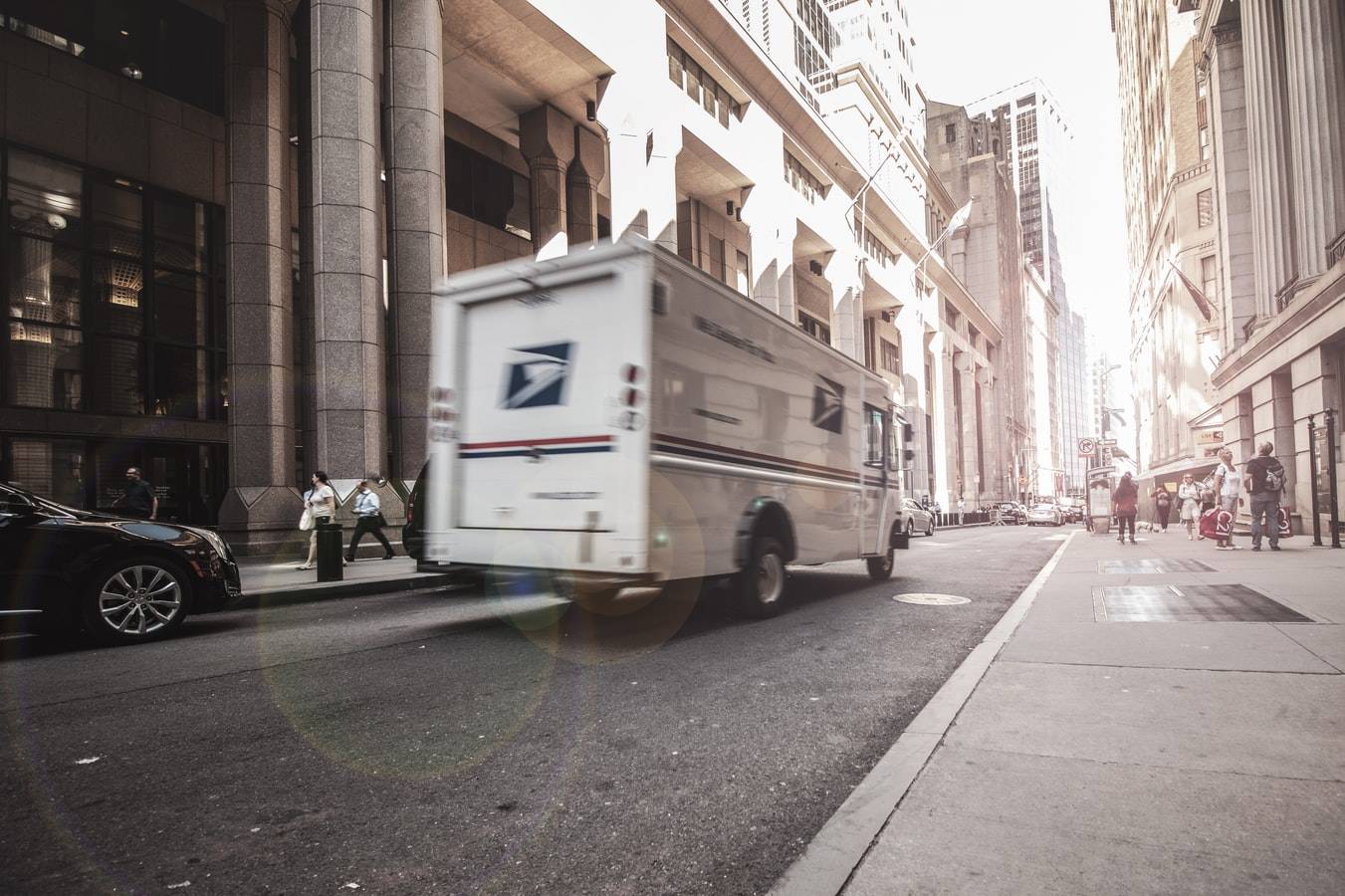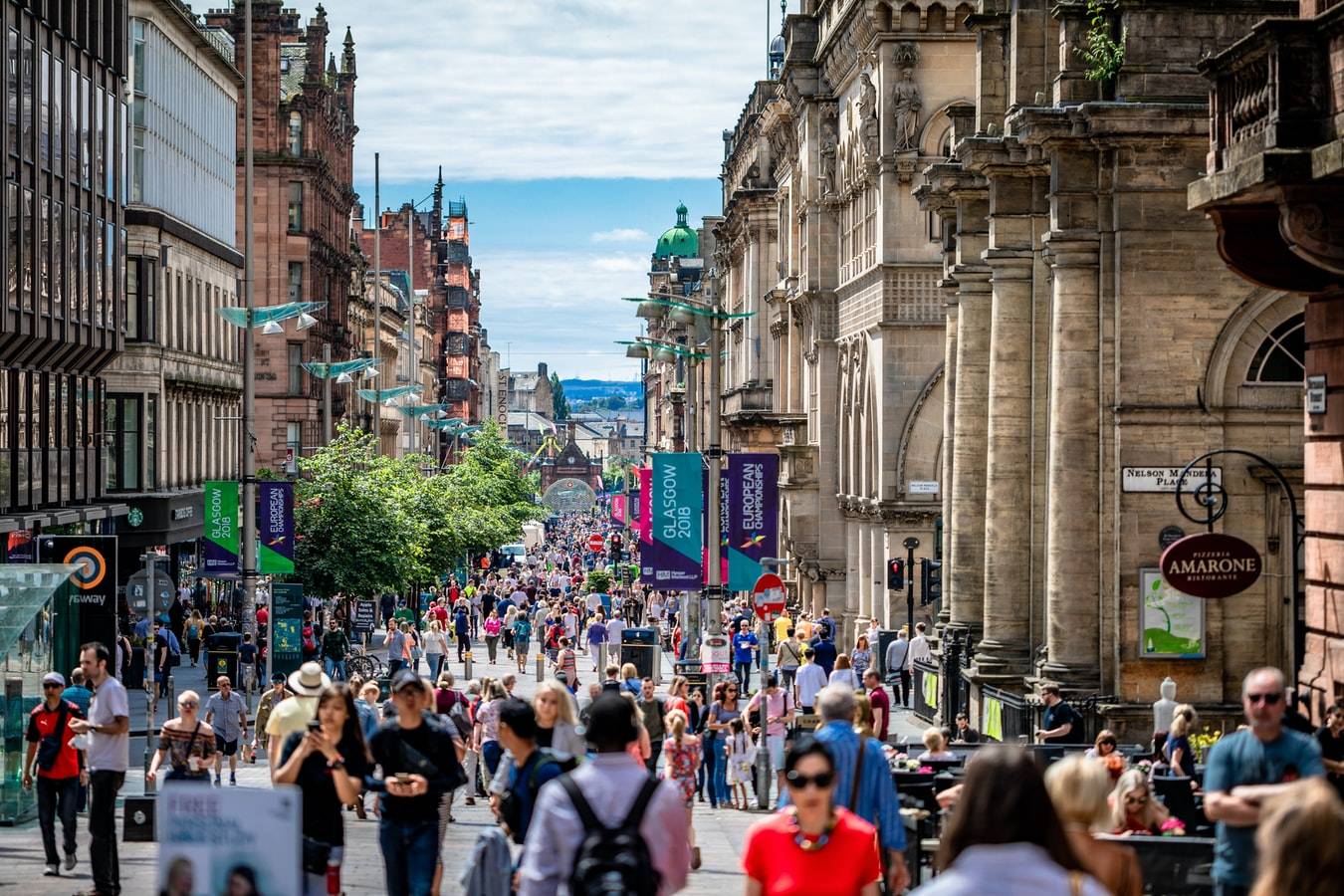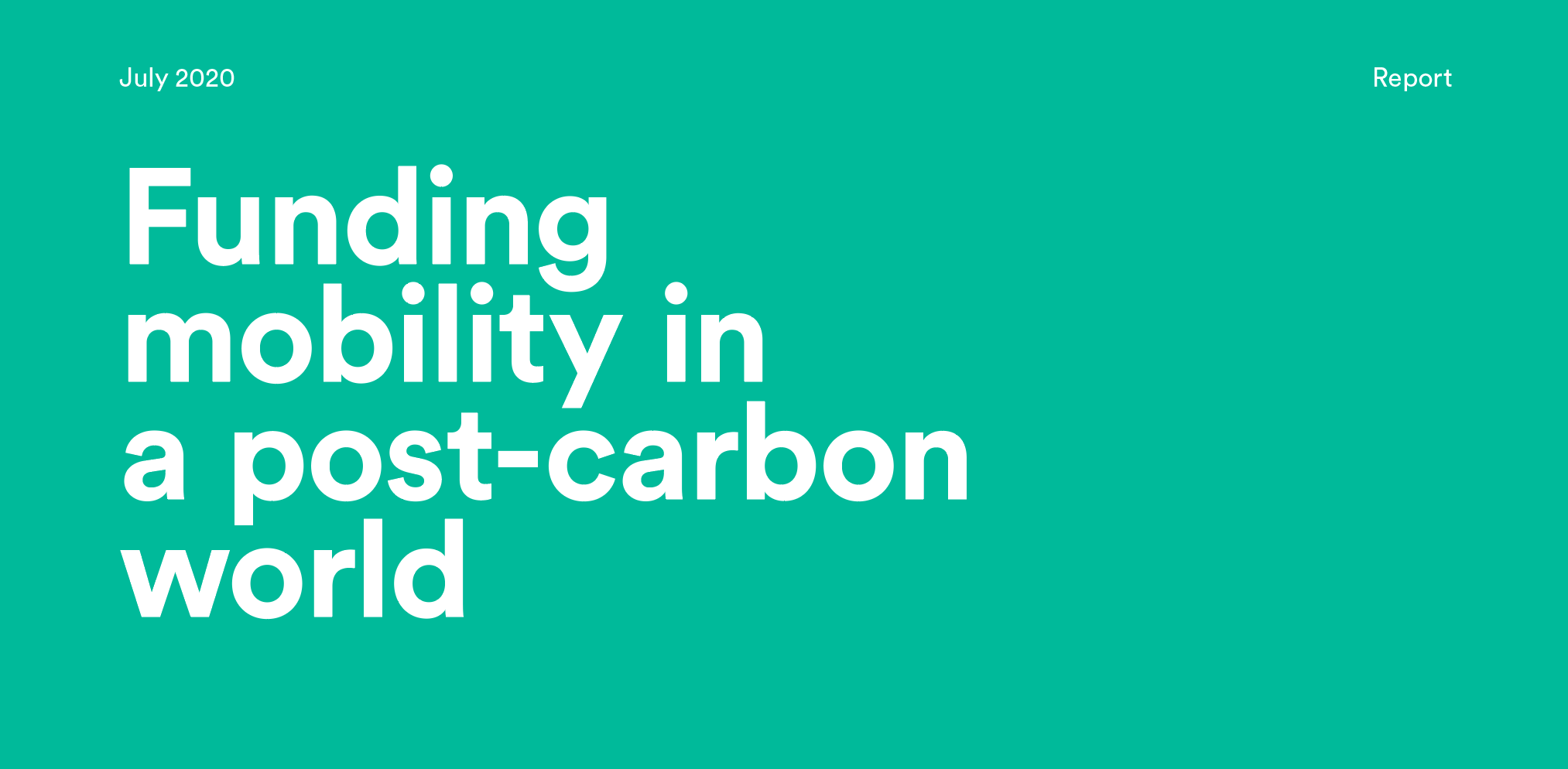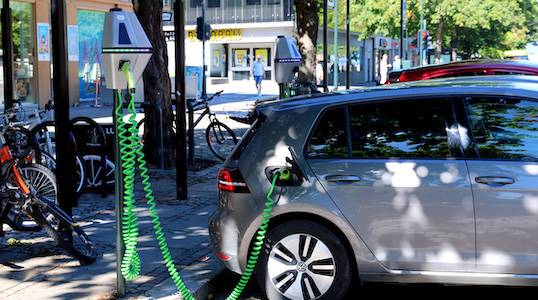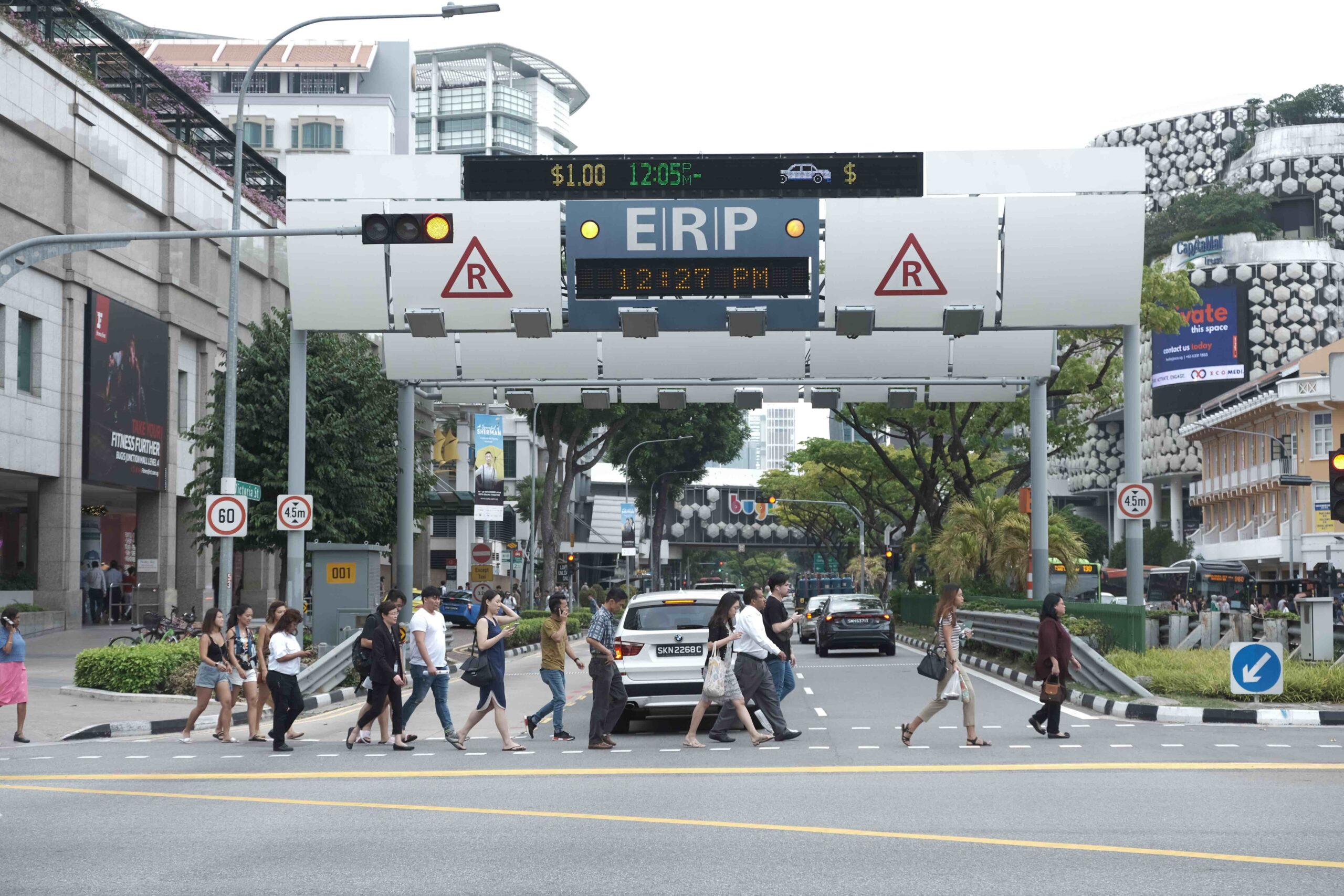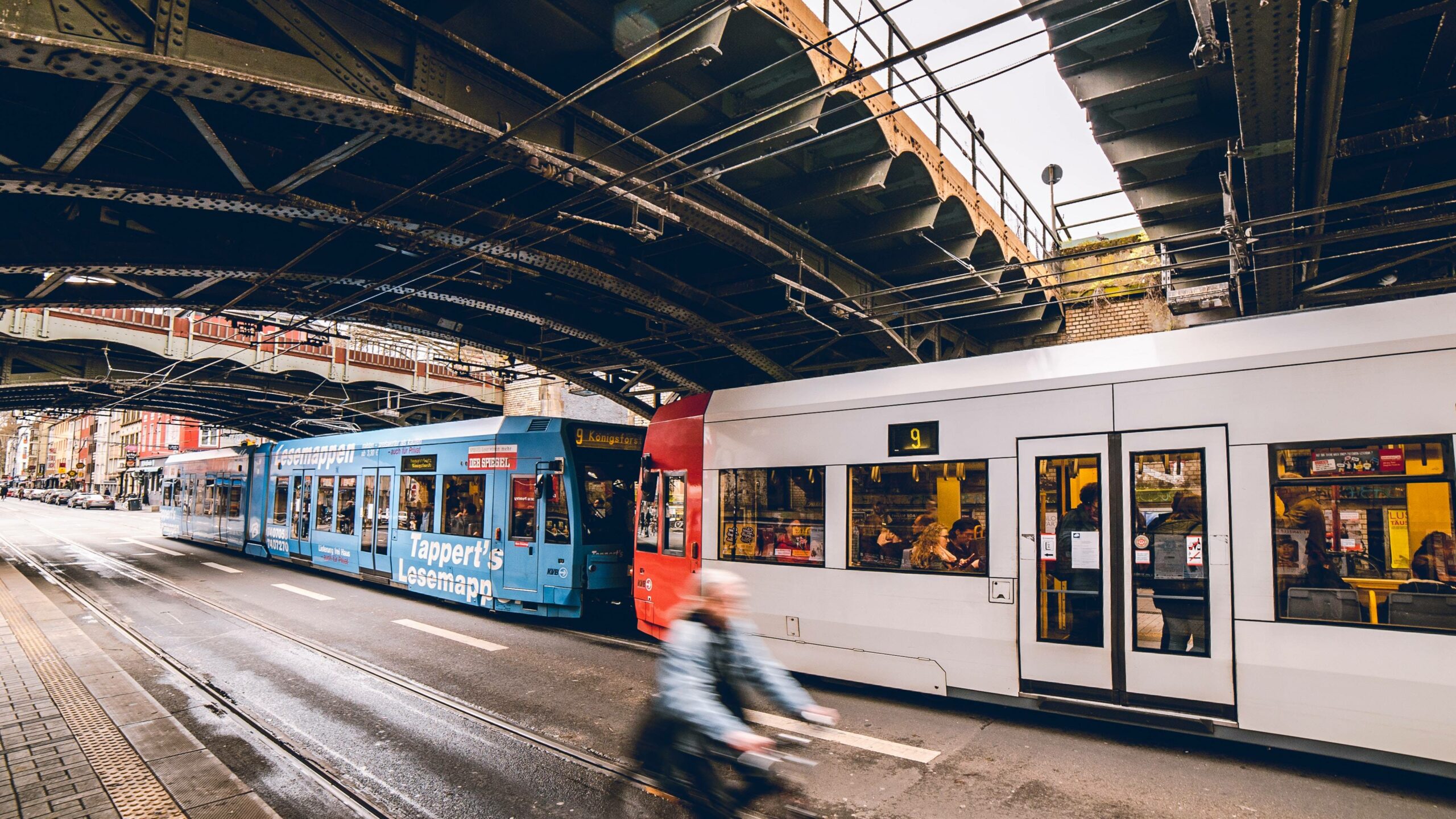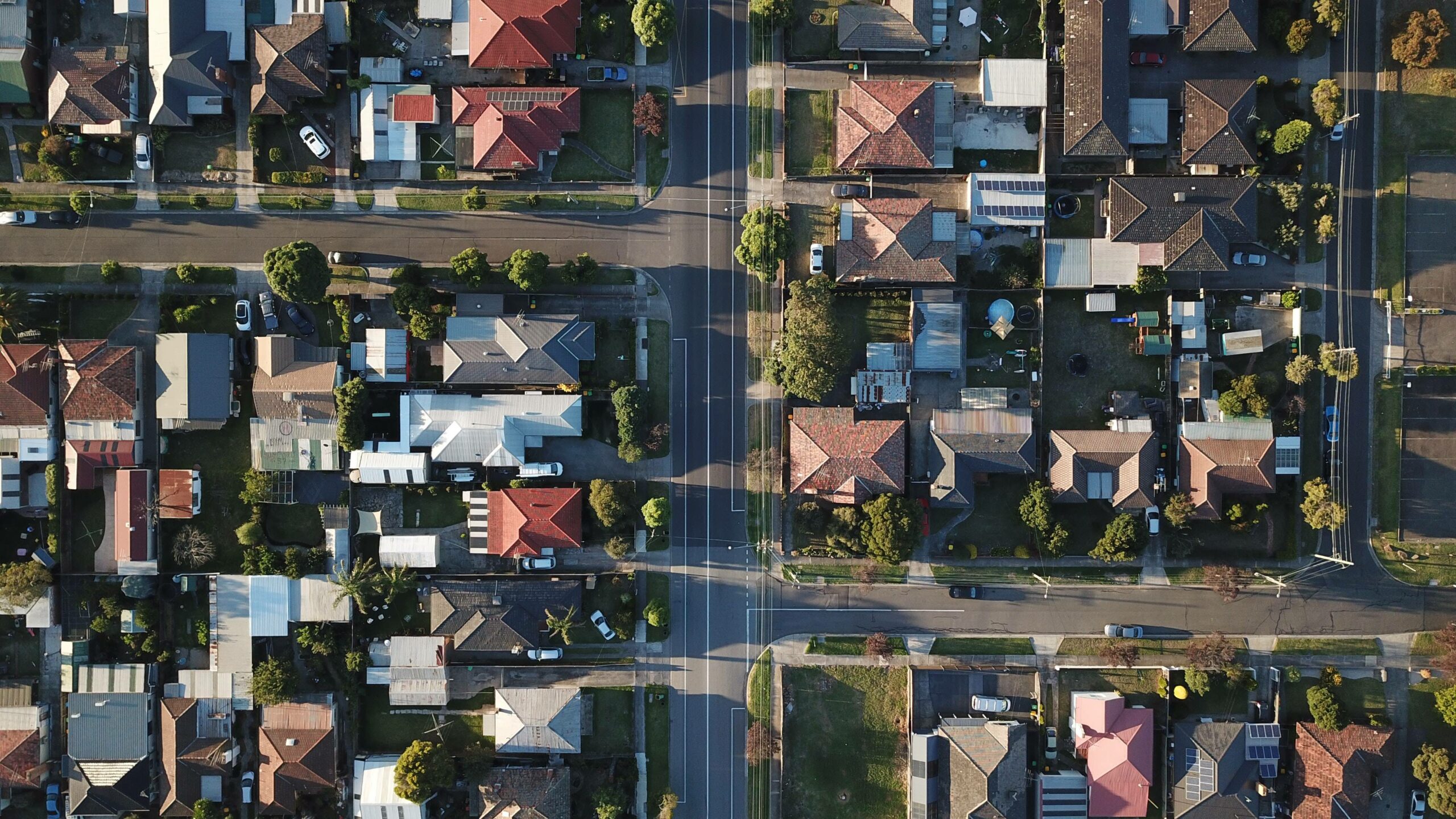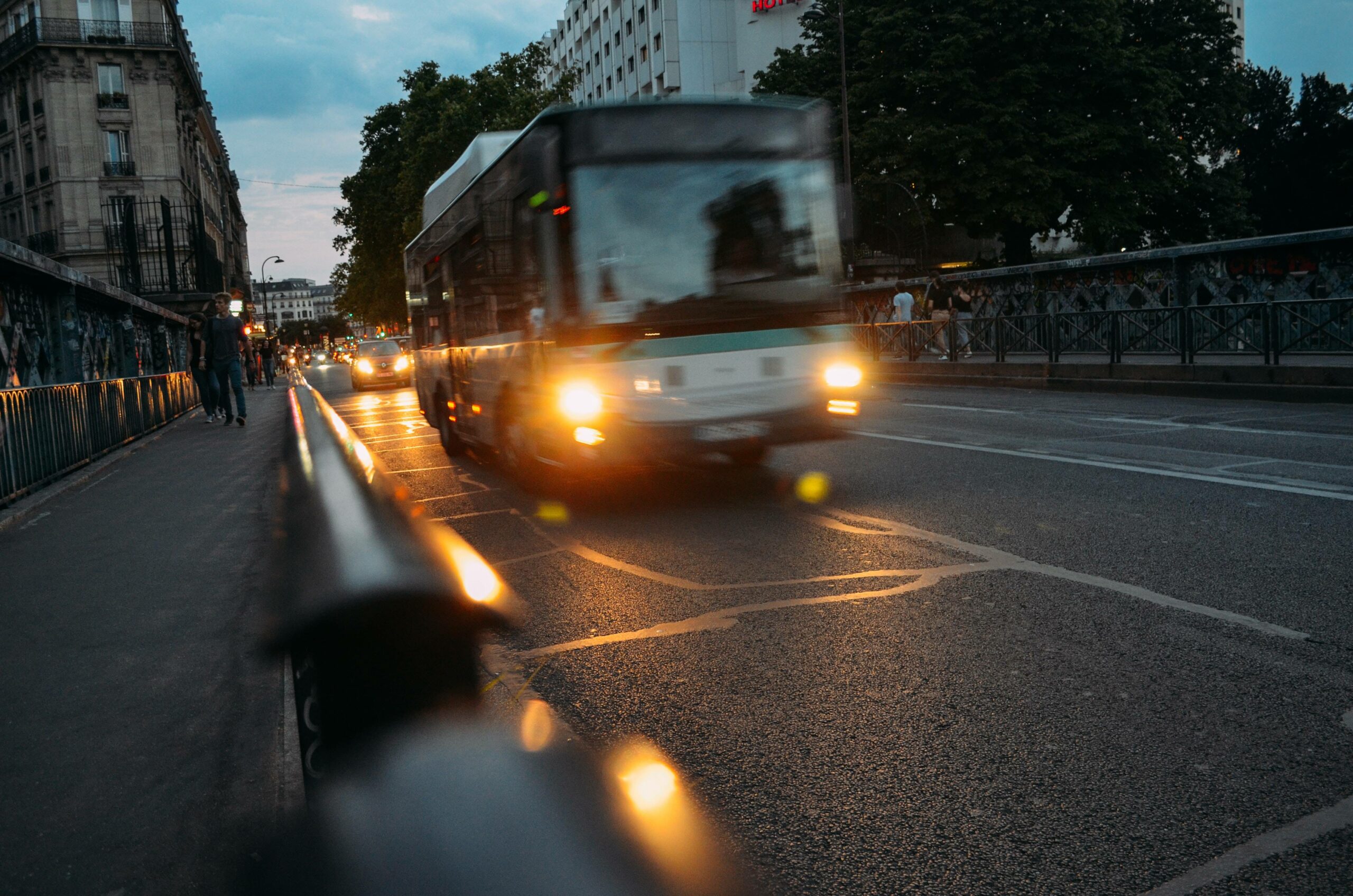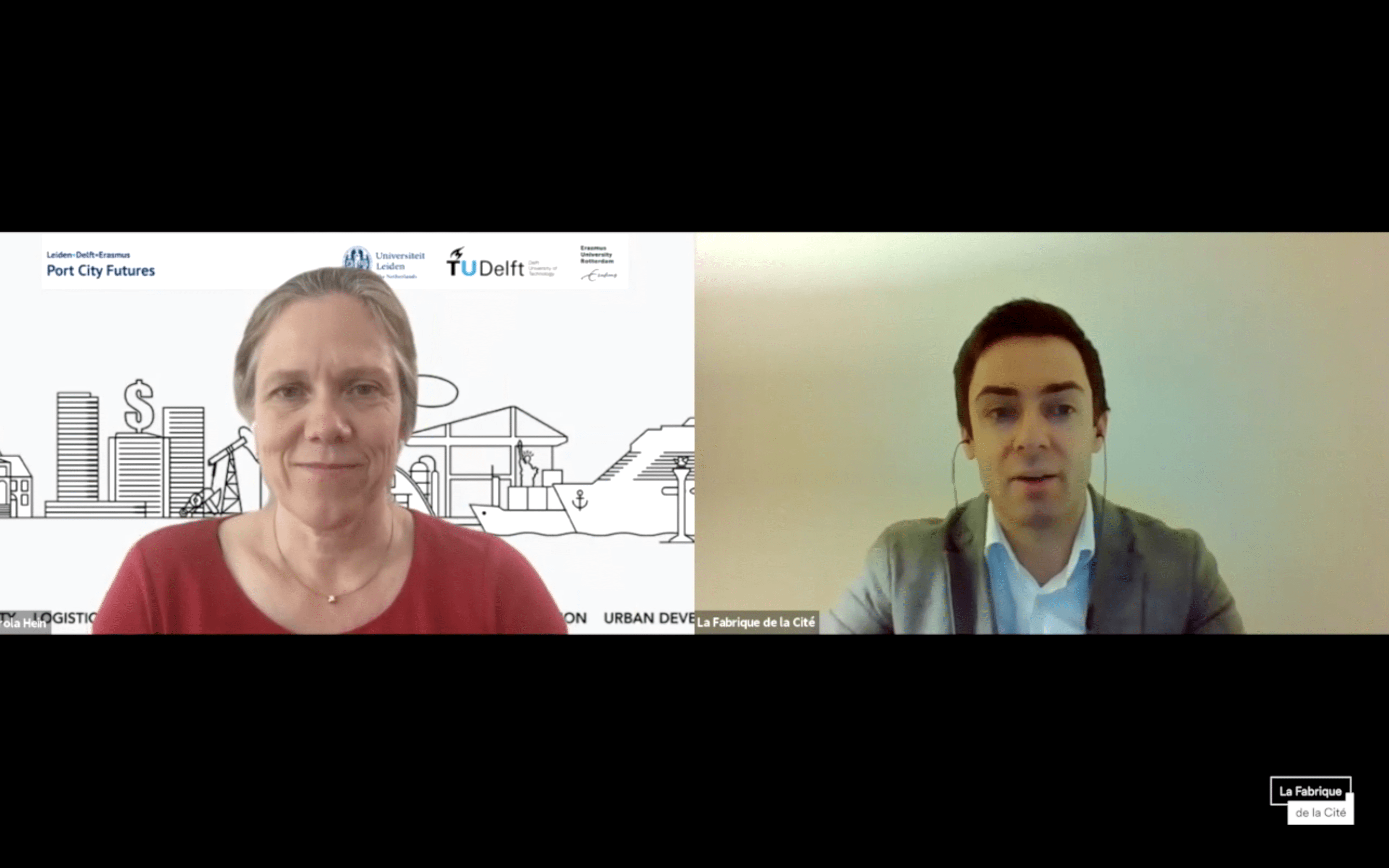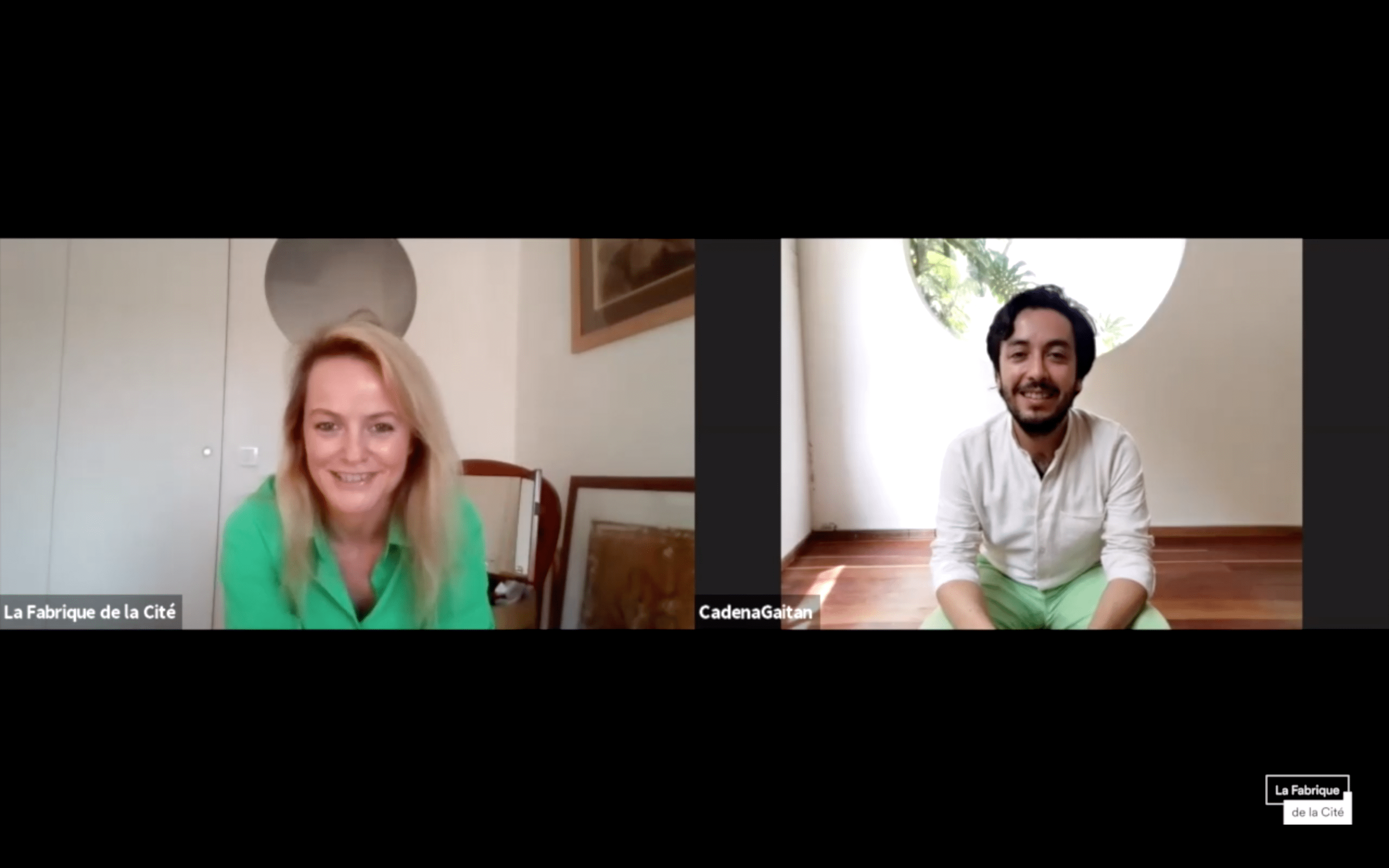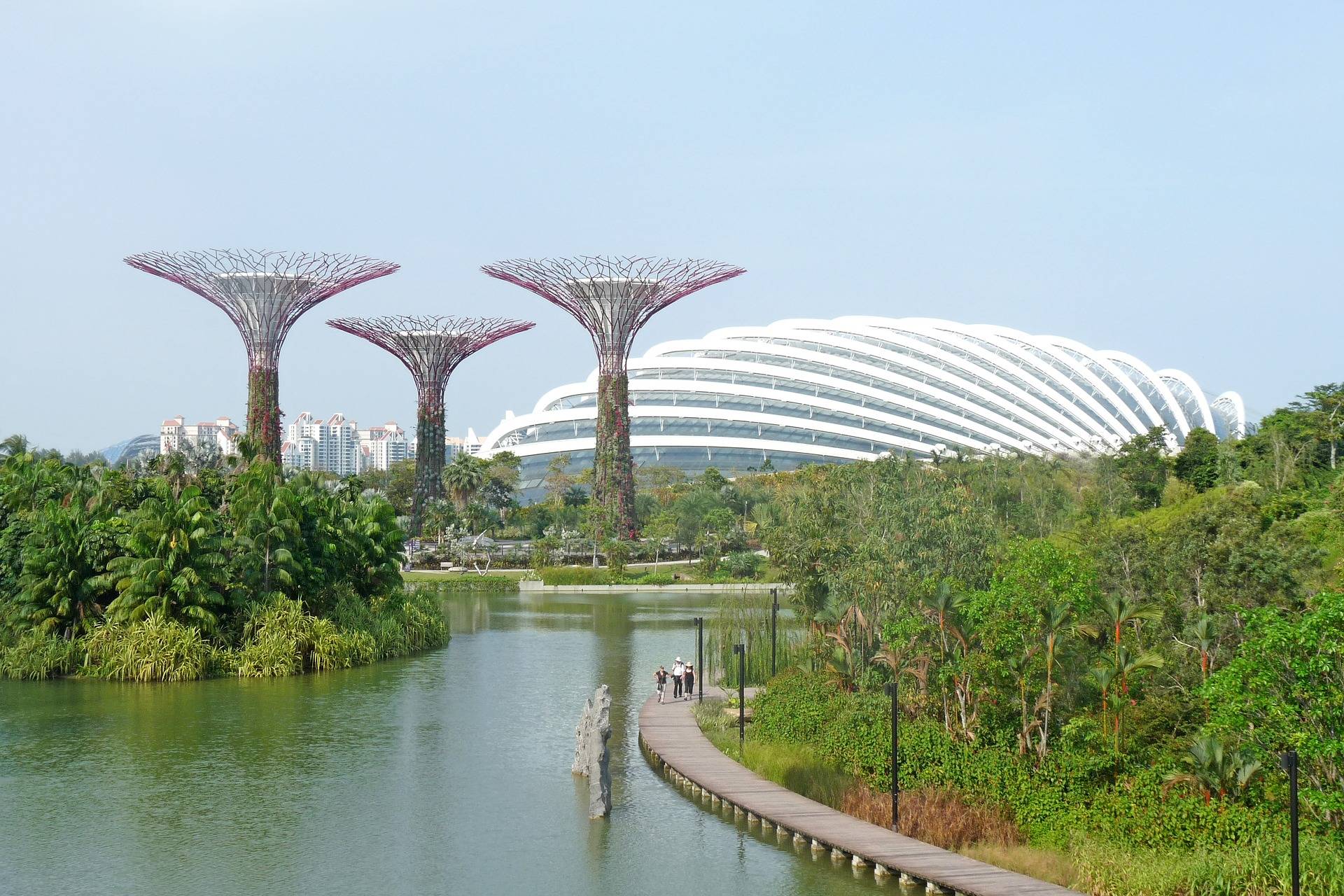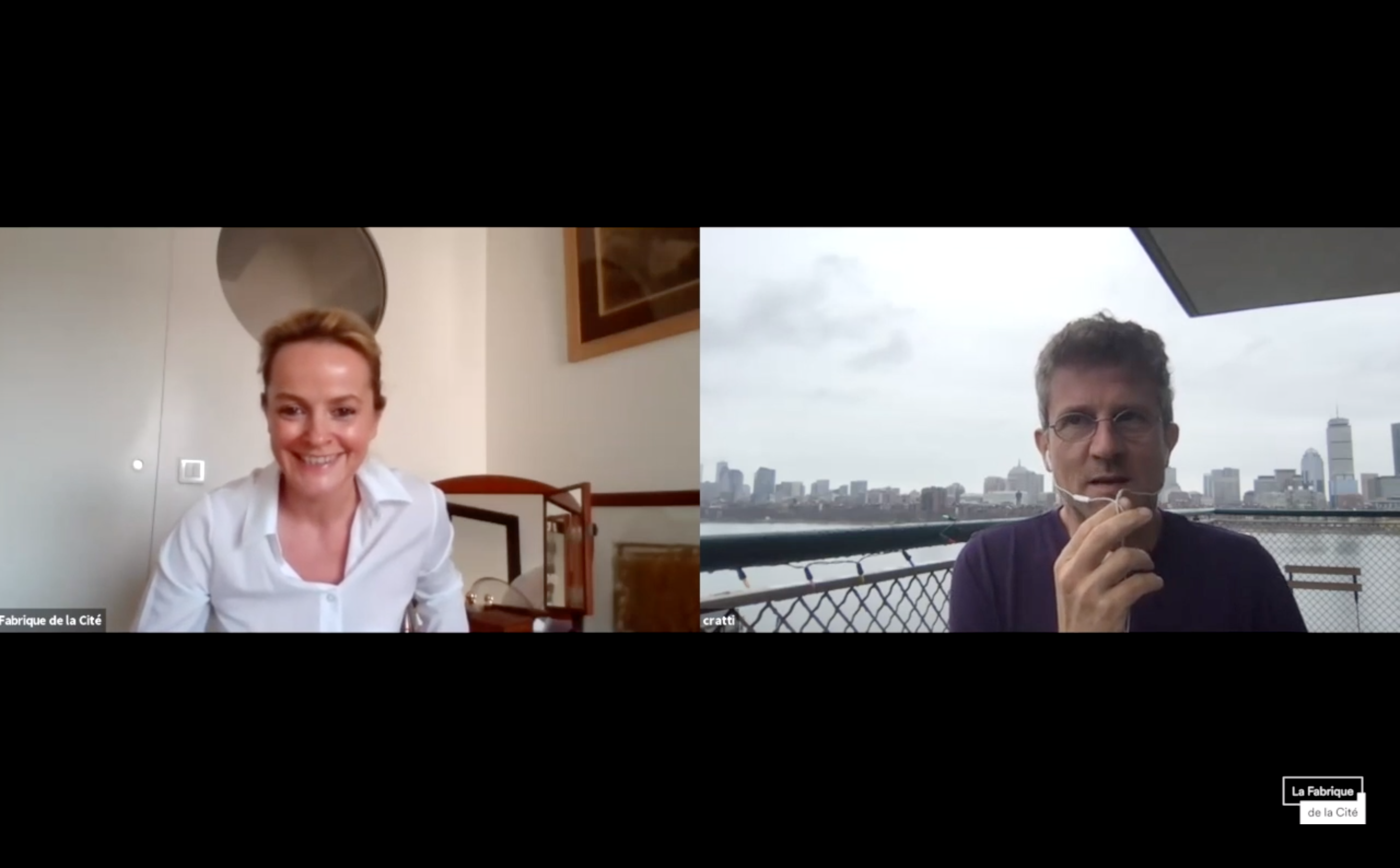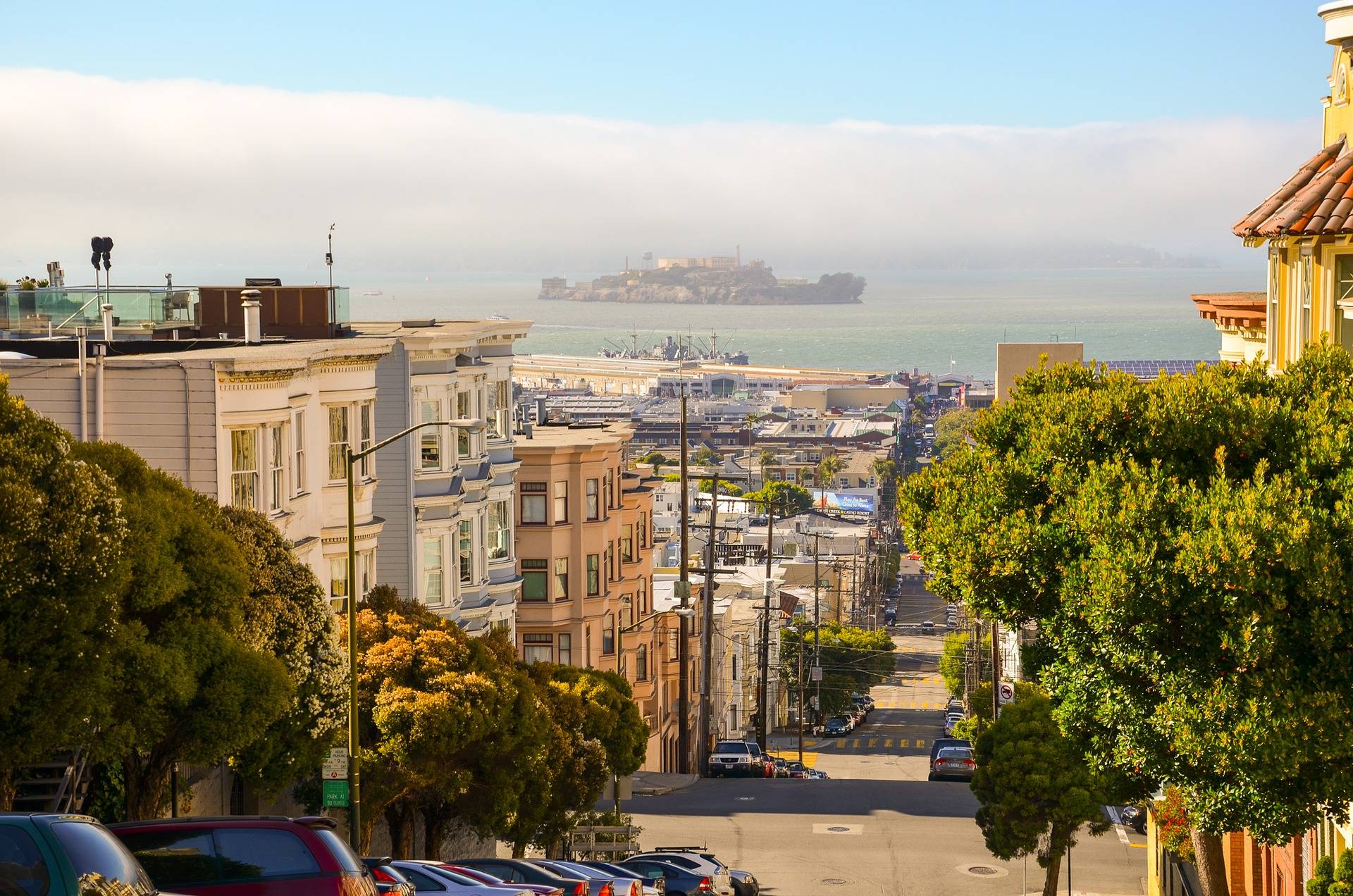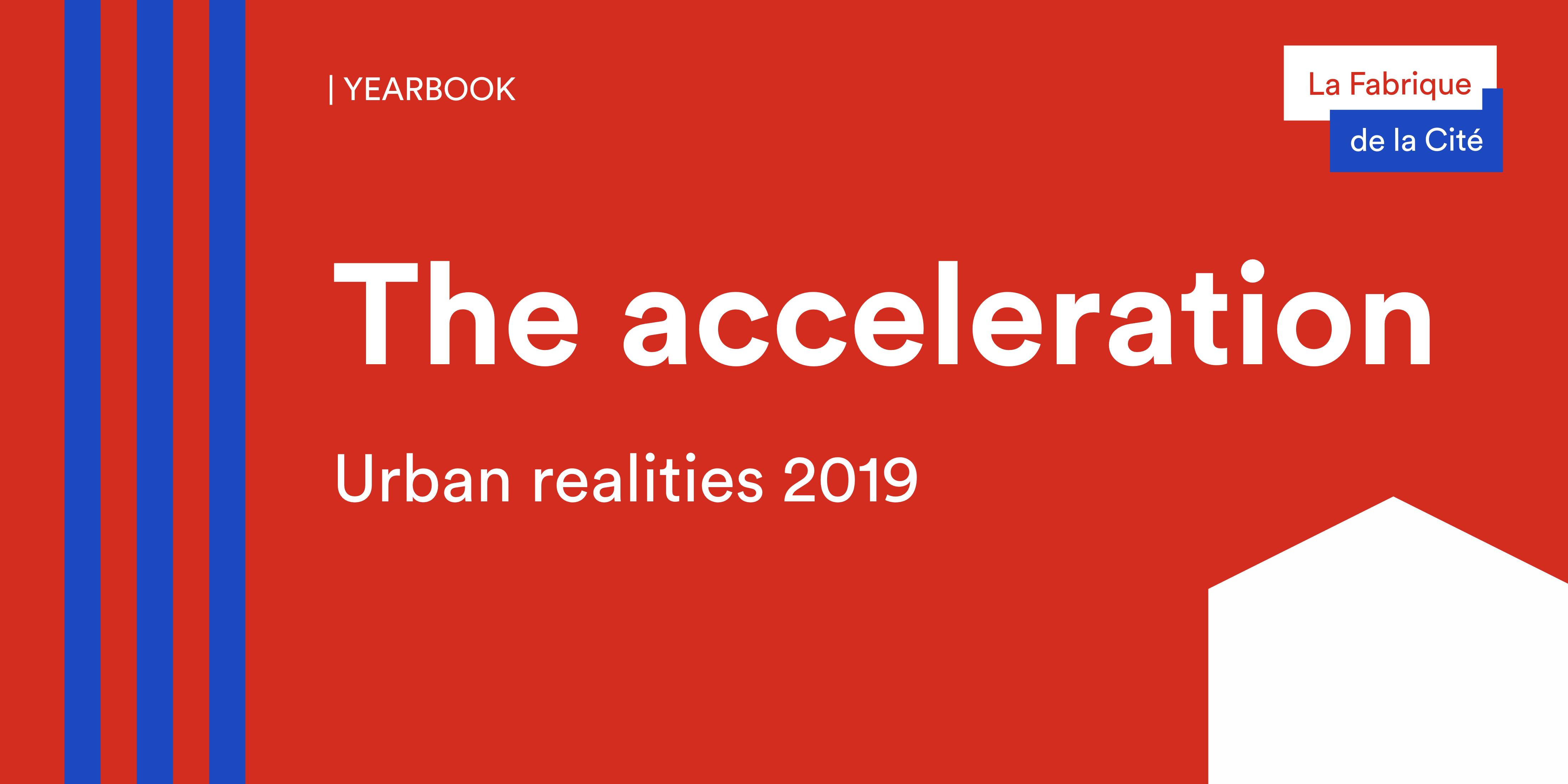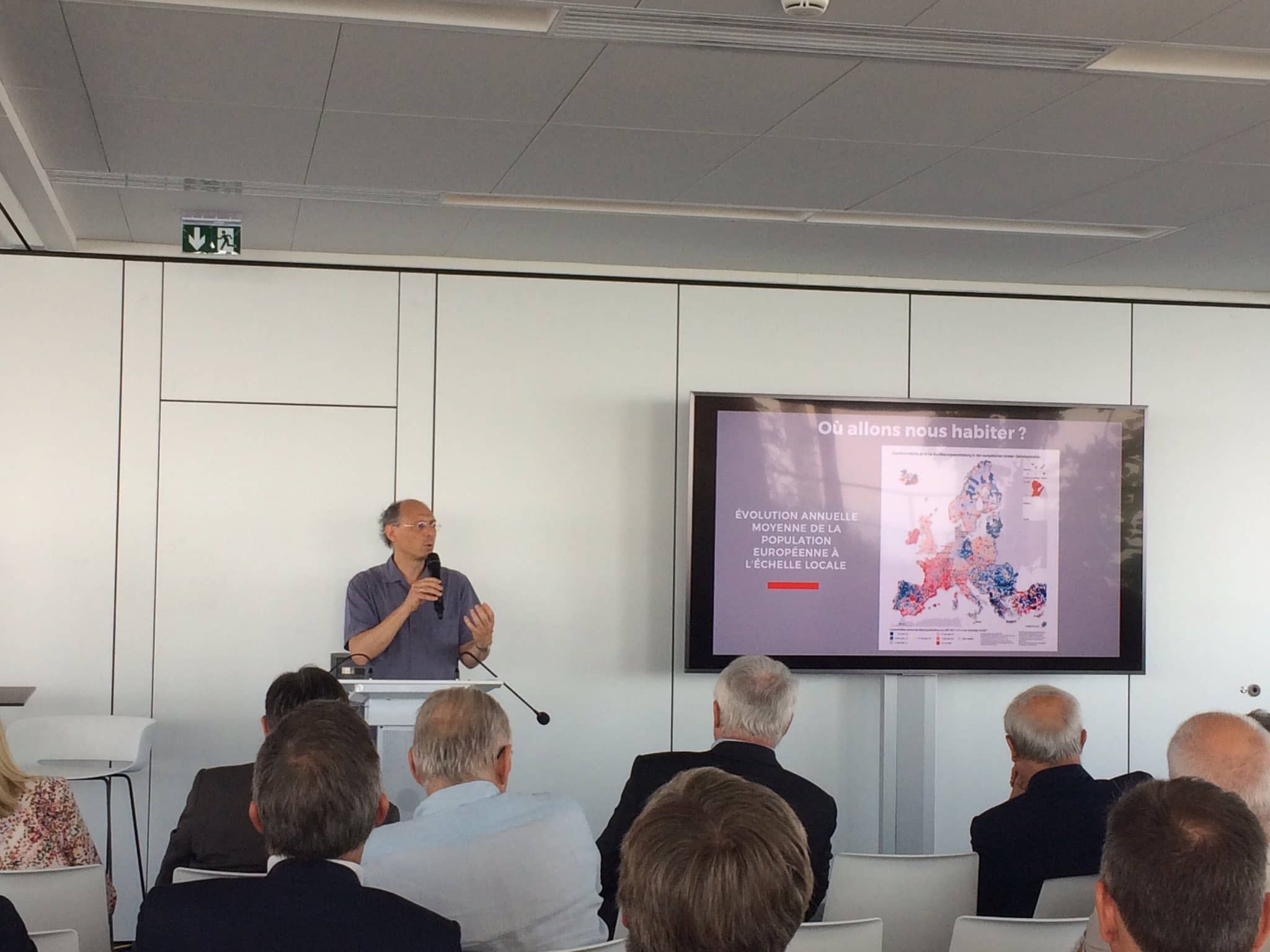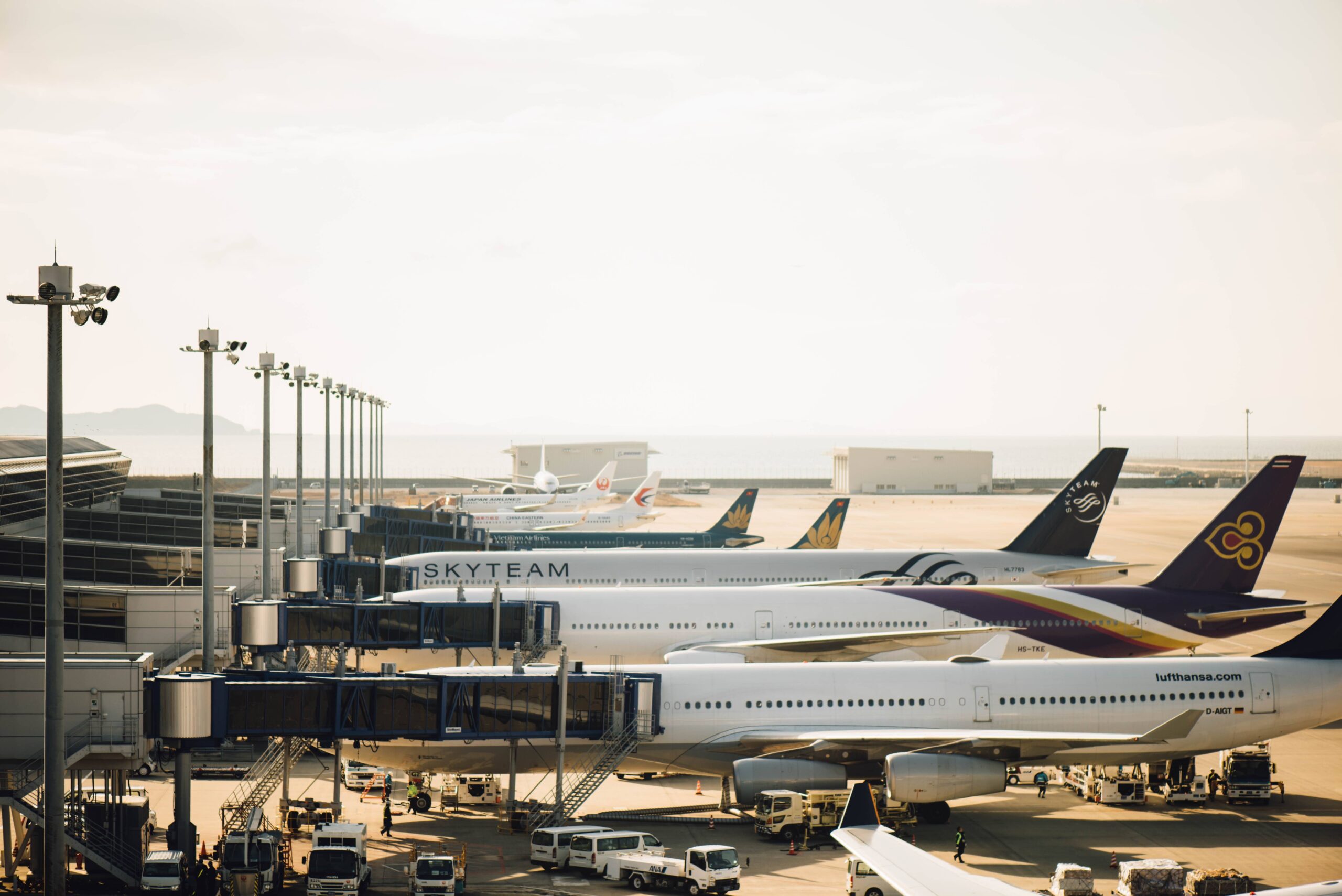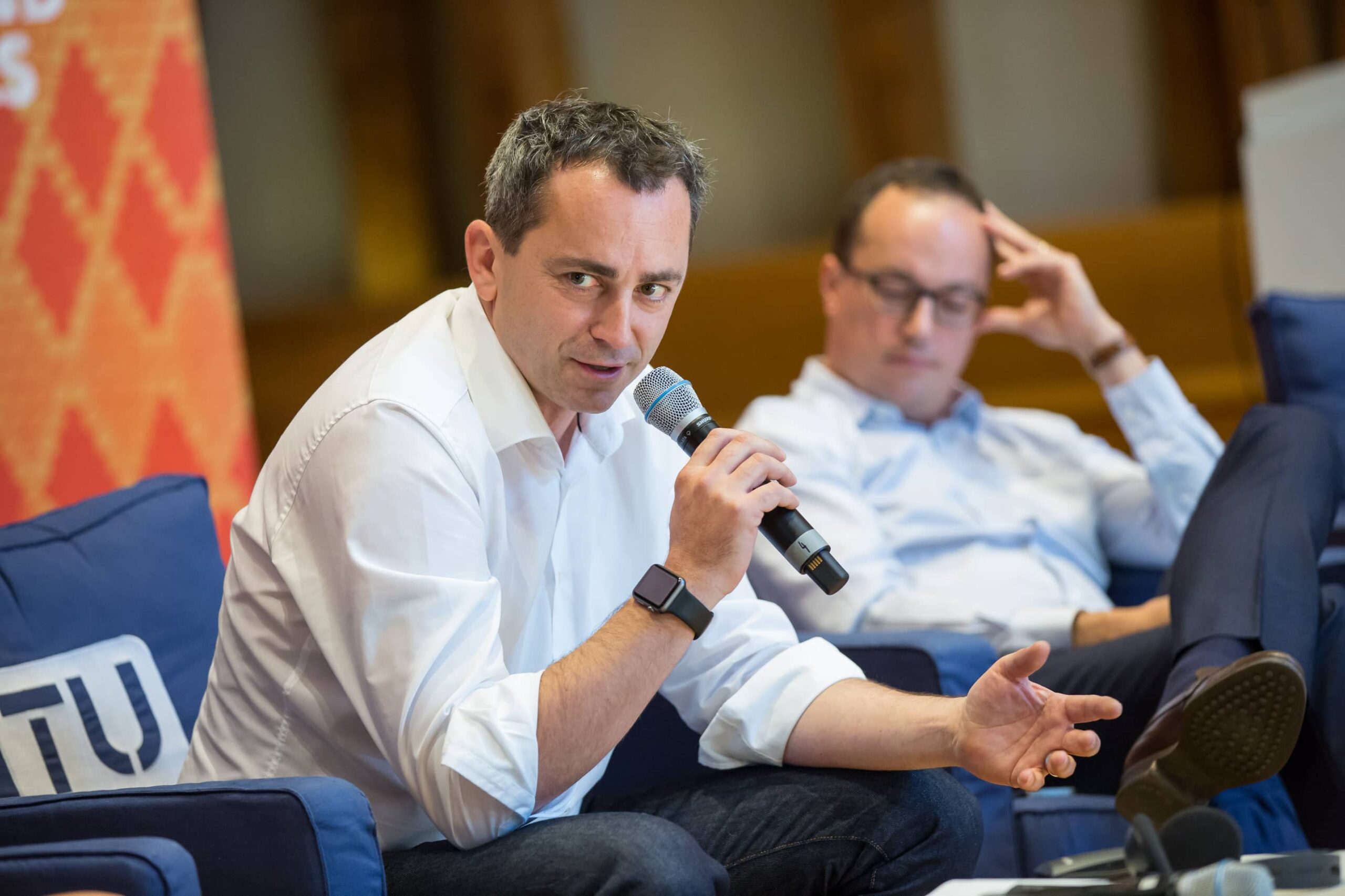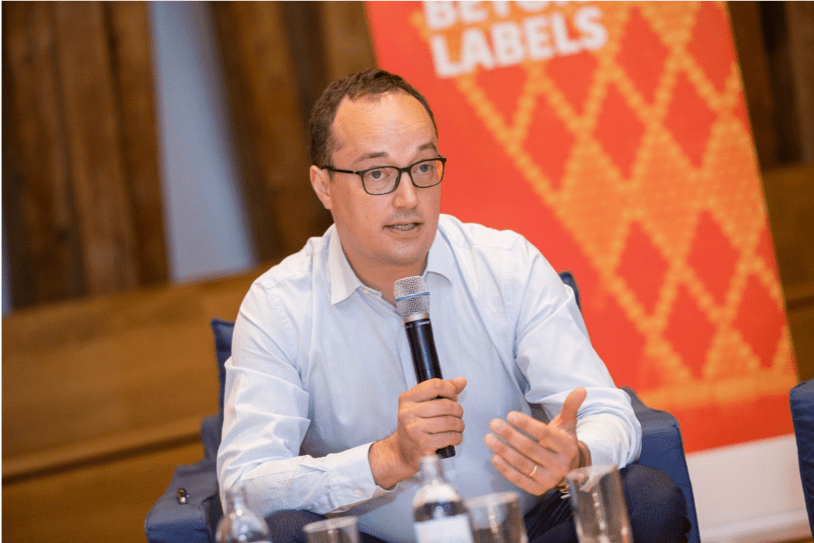

Sending out an SOS
Judging from images of Paris’s Canal Saint-Martin, for many, deconfinement rhymes with relief. For others, such as public transport operators, the puzzle continues: as confinement measures around the world start to be lifted, travel is gradually resuming. The equation is complex for public transport: while people still need transport, users must now be allowed to remain physically distant from each other. This new paradigm seems unnatural for players whose historical job is to transport a large number of people – hence the term “mass transit”. It should also be noted that before the crisis, the RER A in Paris carried up to 640,000 passengers at rush hours, the equivalent of the entire population of Lyon.
The current crisis will take a huge toll on public transport, as crowded buses and metros are perceived as places of potential contamination. As Brad Lander, a New York City Councilor, points out in a recent op-ed, many people wrongly believe that buses are one of the main factors in the transmission of the virus, so much so that some are turning instead to the car, perceived as safer in times of pandemic. Public transport should however not be abandoned but rather should be allowed to continue playing the essential role of moving city dwellers in a context of urban renewal. How can we rethink the optimal functioning of public transport in these times of pandemic?
Ideas for reprogramming mobility are already emerging. For the time being, modal shift is being encouraged through tactical urban planning and the deployment of temporary bike paths. As far as public transport is concerned, several levers have been identified. Firstly, operators are ensuring increased sanitization and cleaning of rolling stock to reassure users. Secondly, maintaining a large supply should make it possible to ensure high frequency at a time when demand is still low. These strategies have a common denominator in that they focus on transport supply. What if the time had come to act on the second determinant of this balance, i.e., demand? Indeed, the efficient revival of public transport will imply a lasting action on demand, to smooth out demand peaks, and thus make physical distancing possible.
The solutions are numerous and complex. Cities will have to work with employers to organize teleworking on a living area scale and to divide shift schedules in order to avoid transport congestion. The second solution, he said, would be to act dynamically on the price signal for mobility, as Singapore might, to reduce travel demand during peak hours, and thus helping flatten demand. This solution also provides a response to another major challenge compounded by the current crisis: the funding of carbon-free and resilient urban mobility.
→ Do not miss our research project on how to fund mobility in a post-carbon world.
No time to read? La Fabrique de la Cité has got you covered. Check our newsletter #29.
To be informed of our upcoming publications, please subscribe to our newsletter and follow our Twitter and LinkedIn accounts.
These other publications may also be of interest to you:
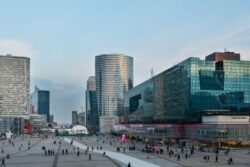
Death and life of CBD
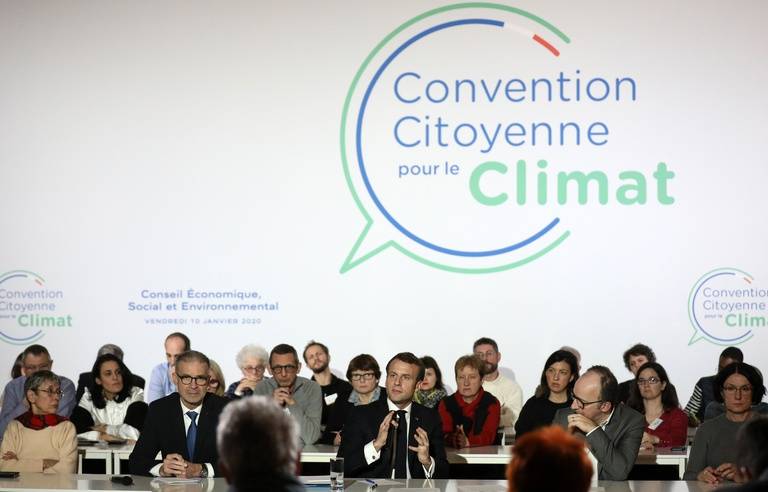
Is resilience useful?
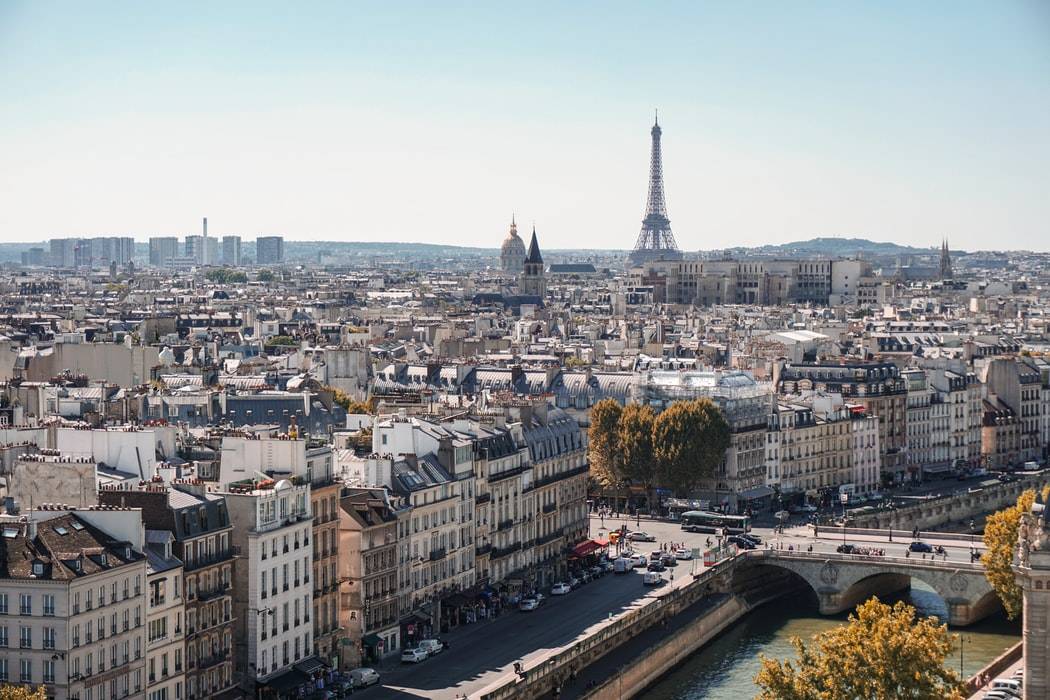
Long live urban density!
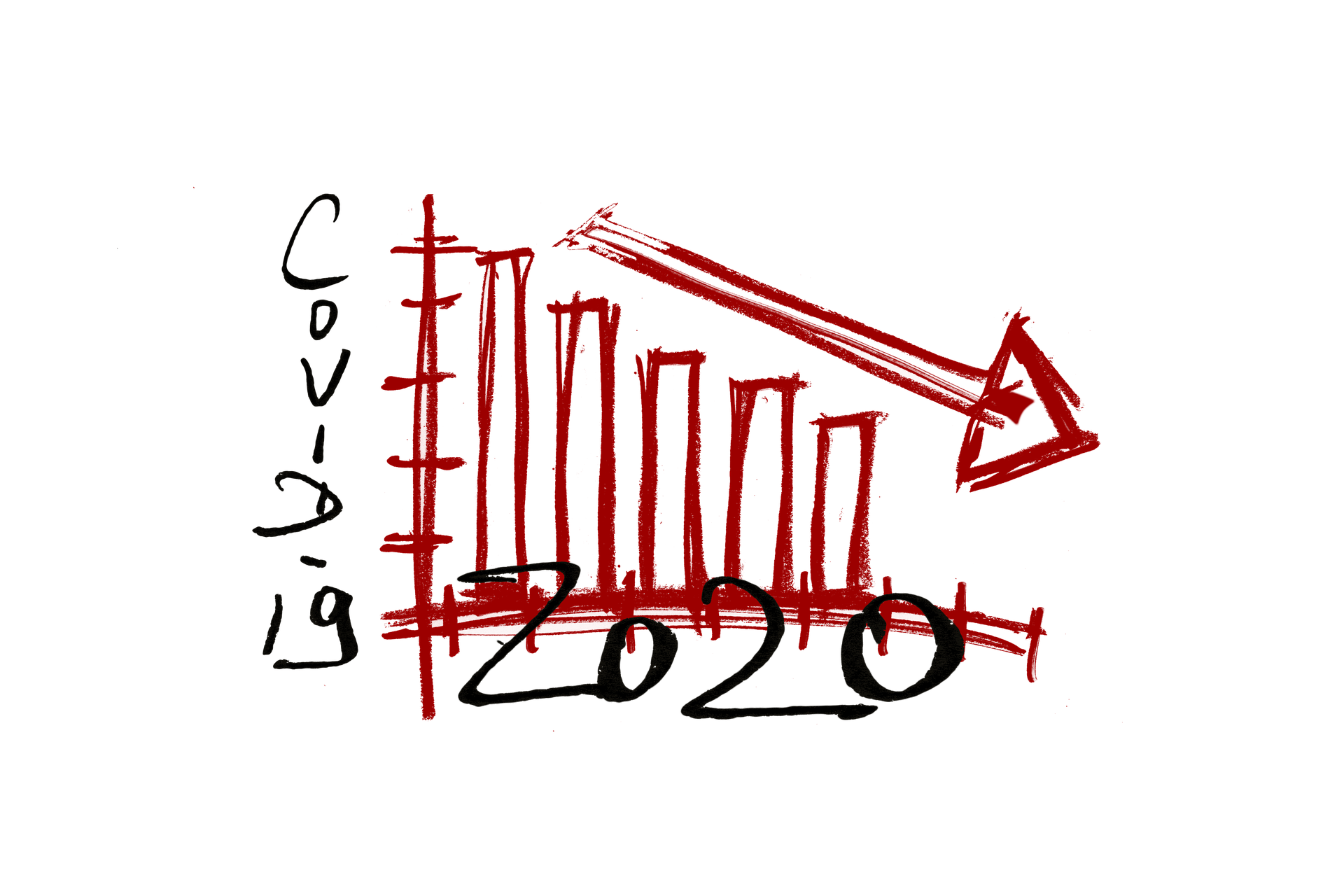
Behind the words: Recovery
The ideal culprit
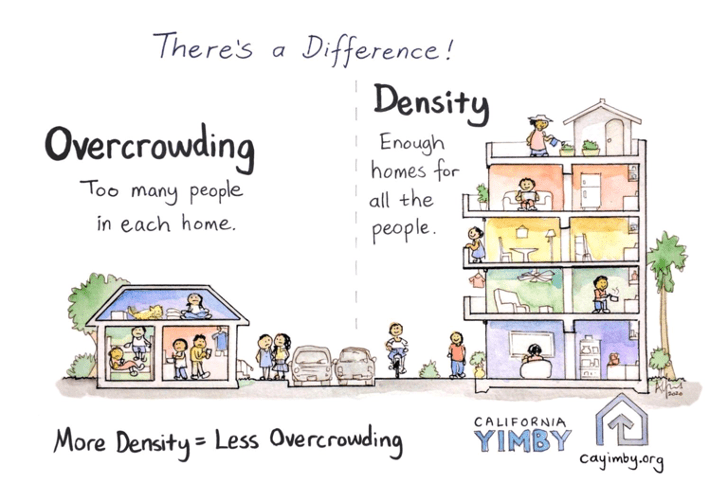
Behind the words: density

Behind the words: telecommuting

Behind the words: urban congestion

Behind the words: food security
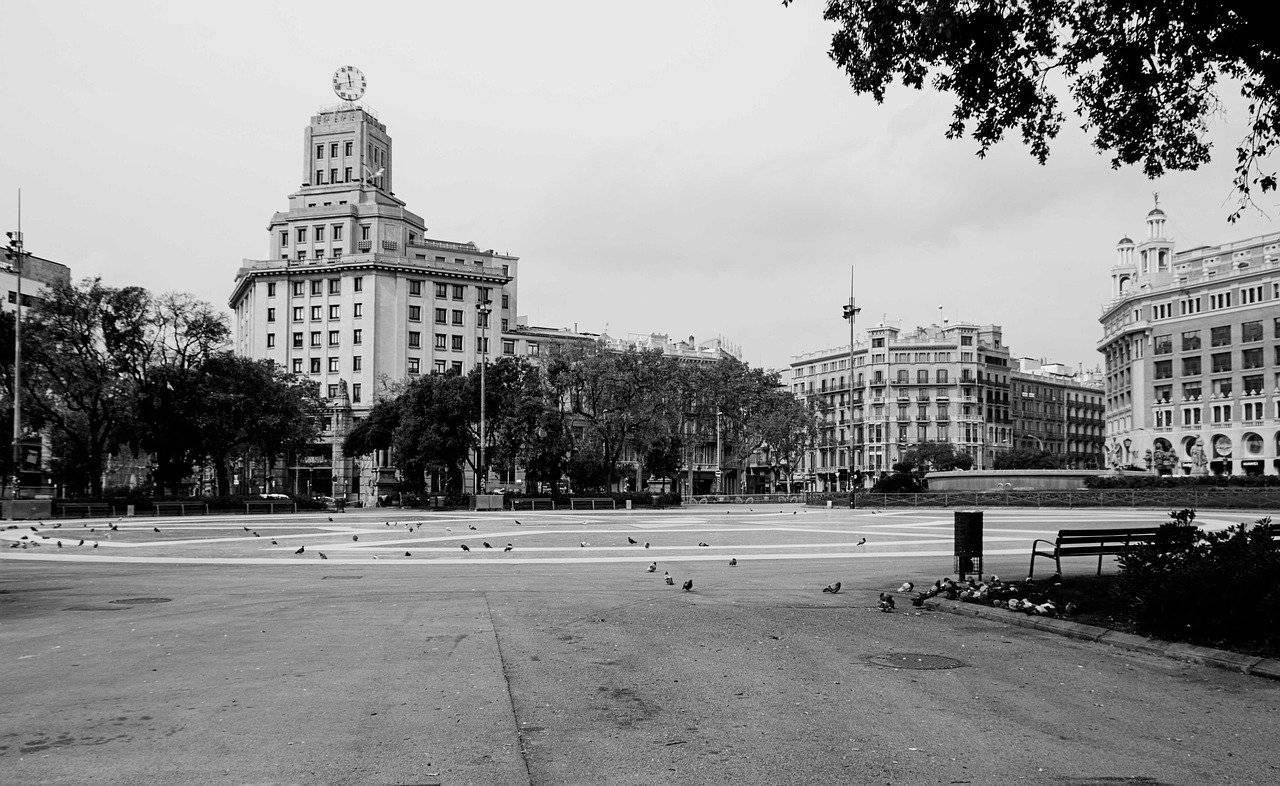
180° Turn
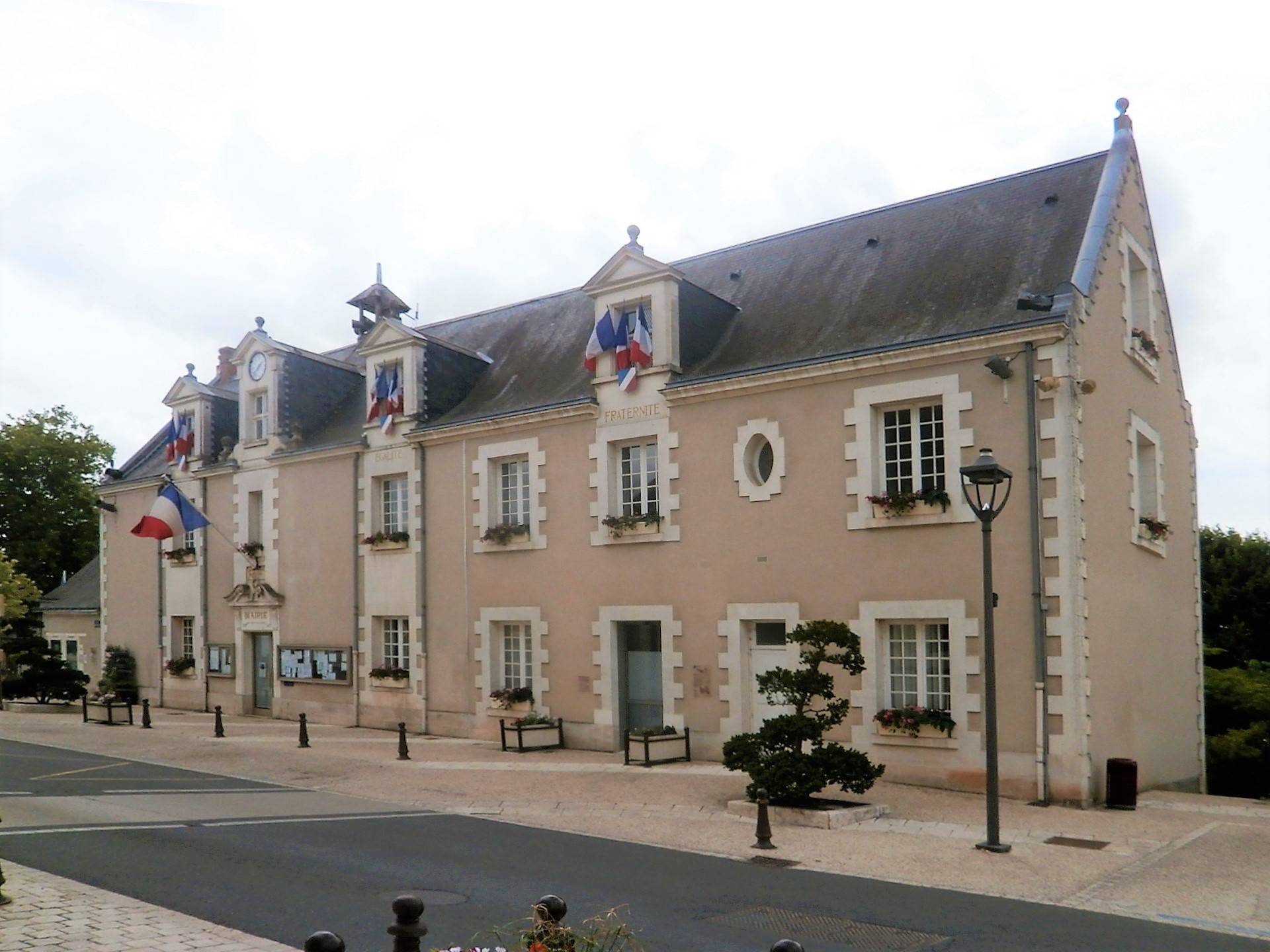
Cities in safe boot mode
Across cities in crisis
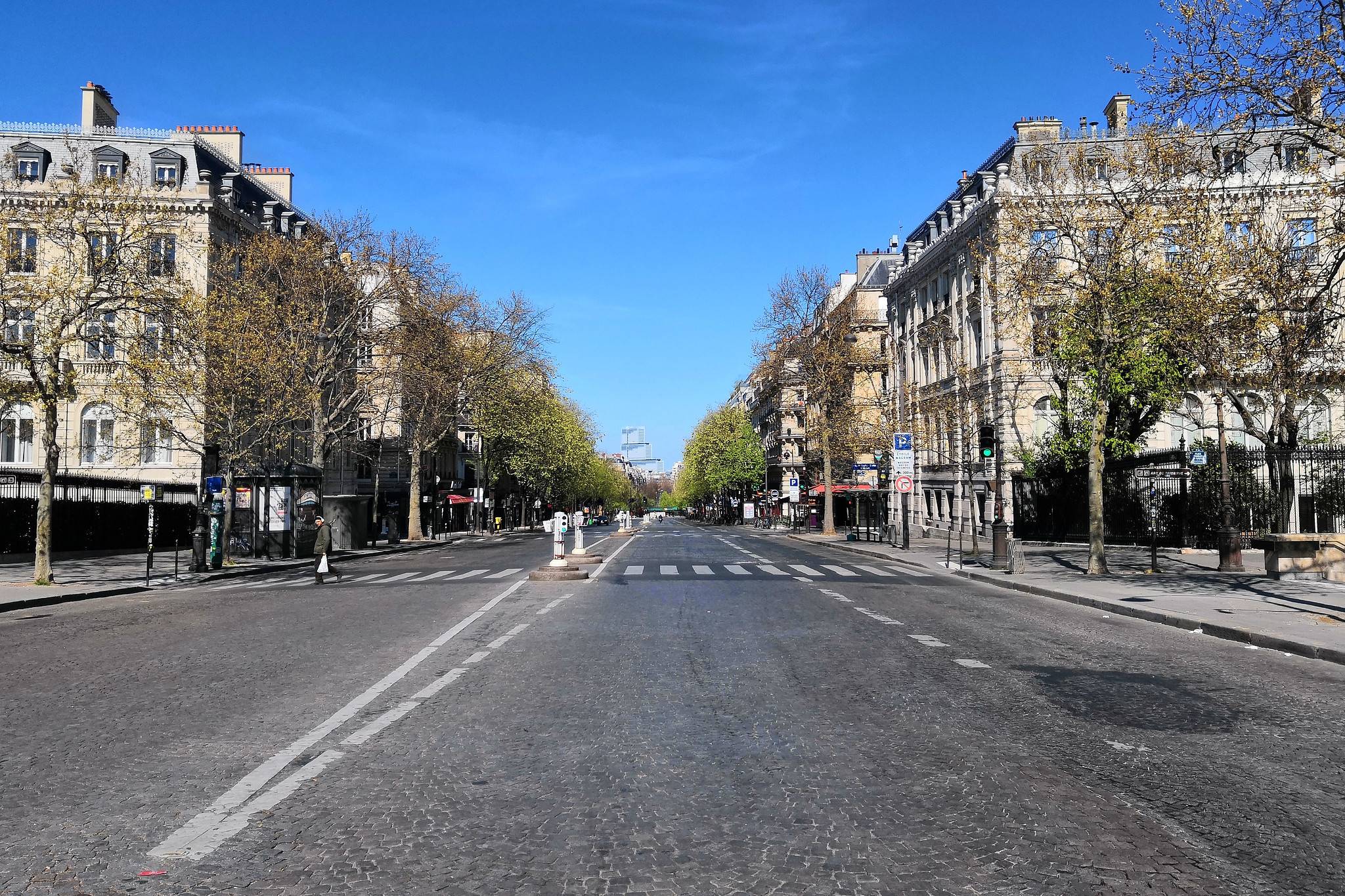
A street named desire
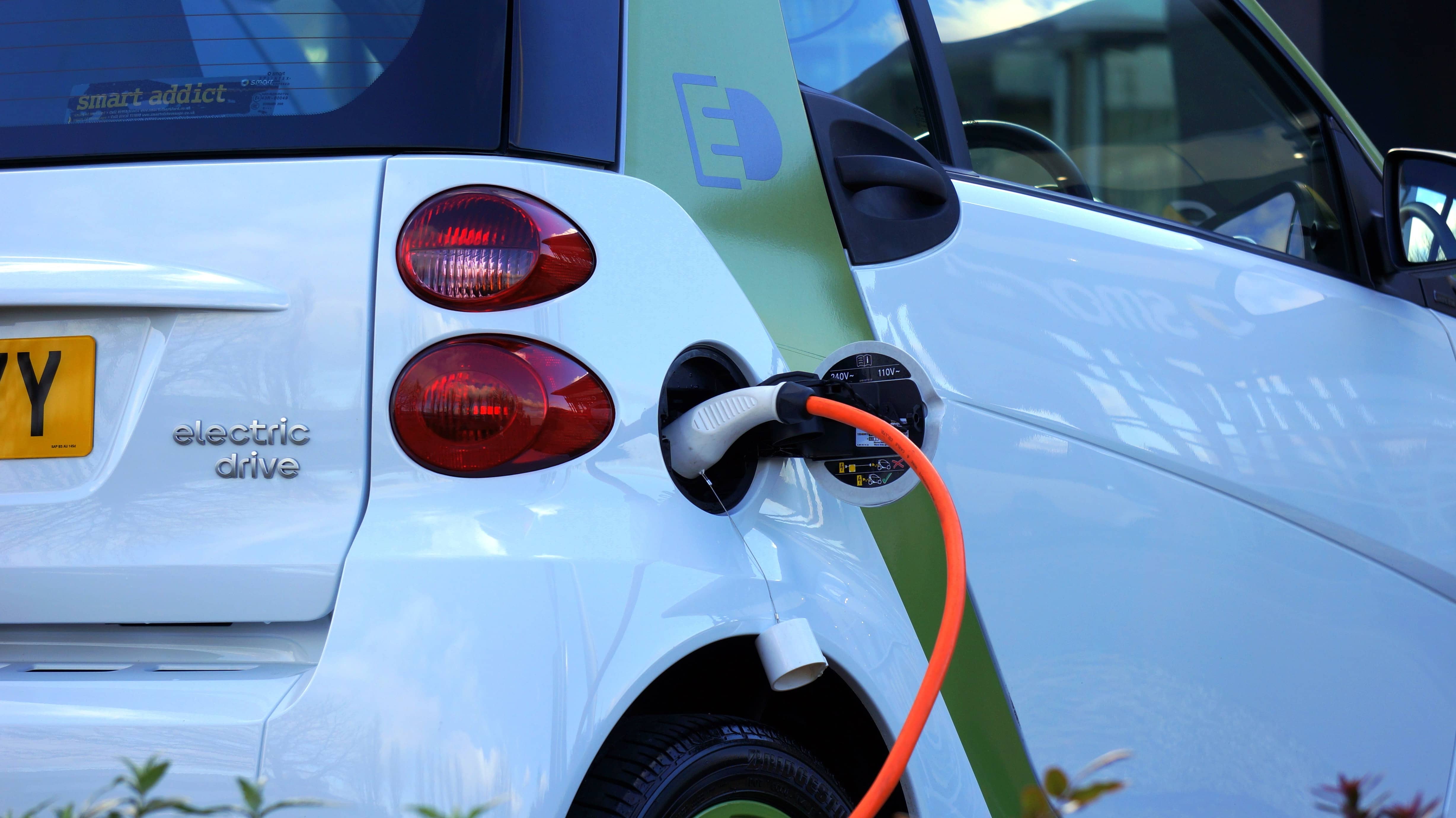
The political and technological challenges of future mobilities

Inventing the future of urban highways
La Fabrique de la Cité
La Fabrique de la Cité is a think tank dedicated to urban foresight, created by the VINCI group, its sponsor, in 2010. La Fabrique de la Cité acts as a forum where urban stakeholders, whether French or international, collaborate to bring forth new ways of building and rebuilding cities.














